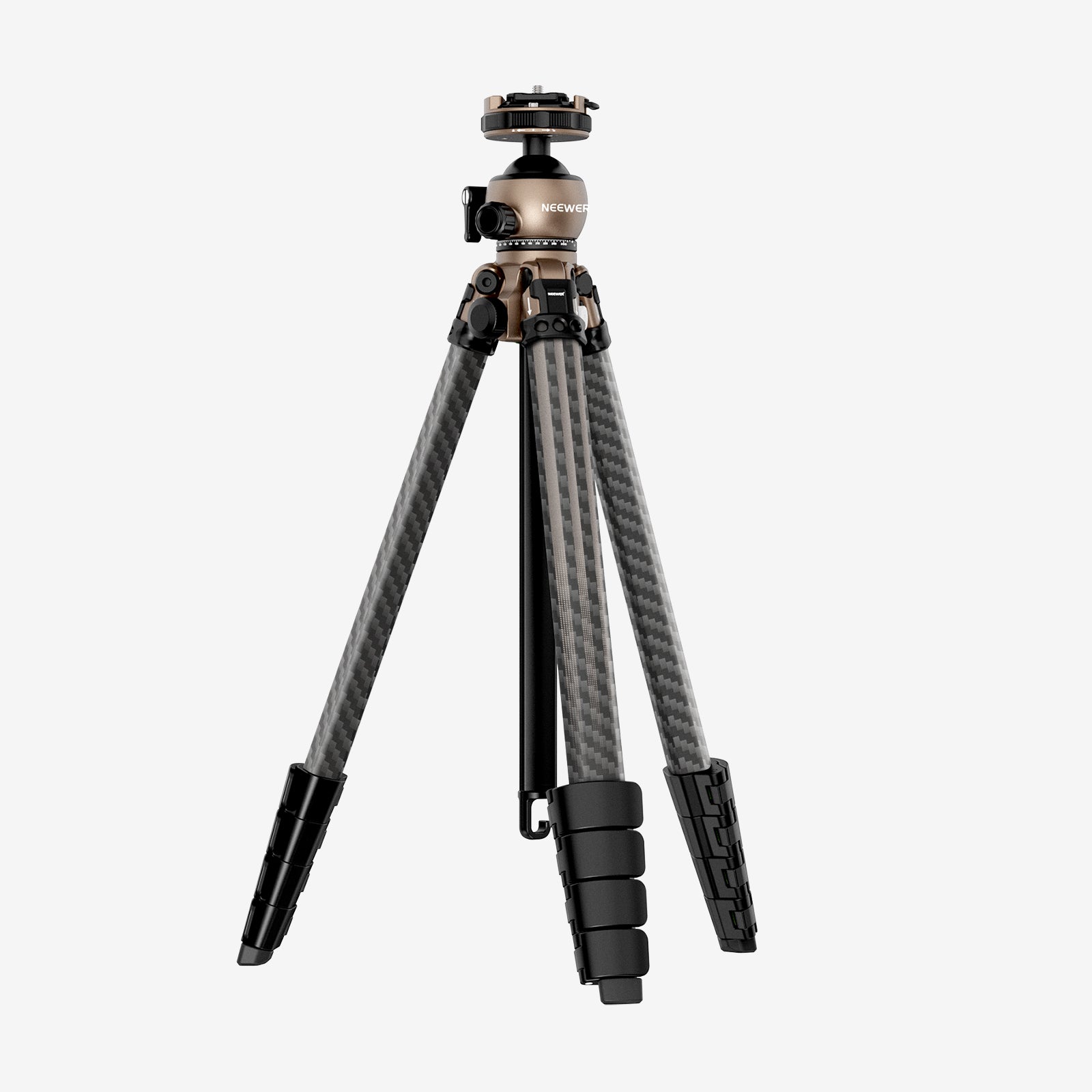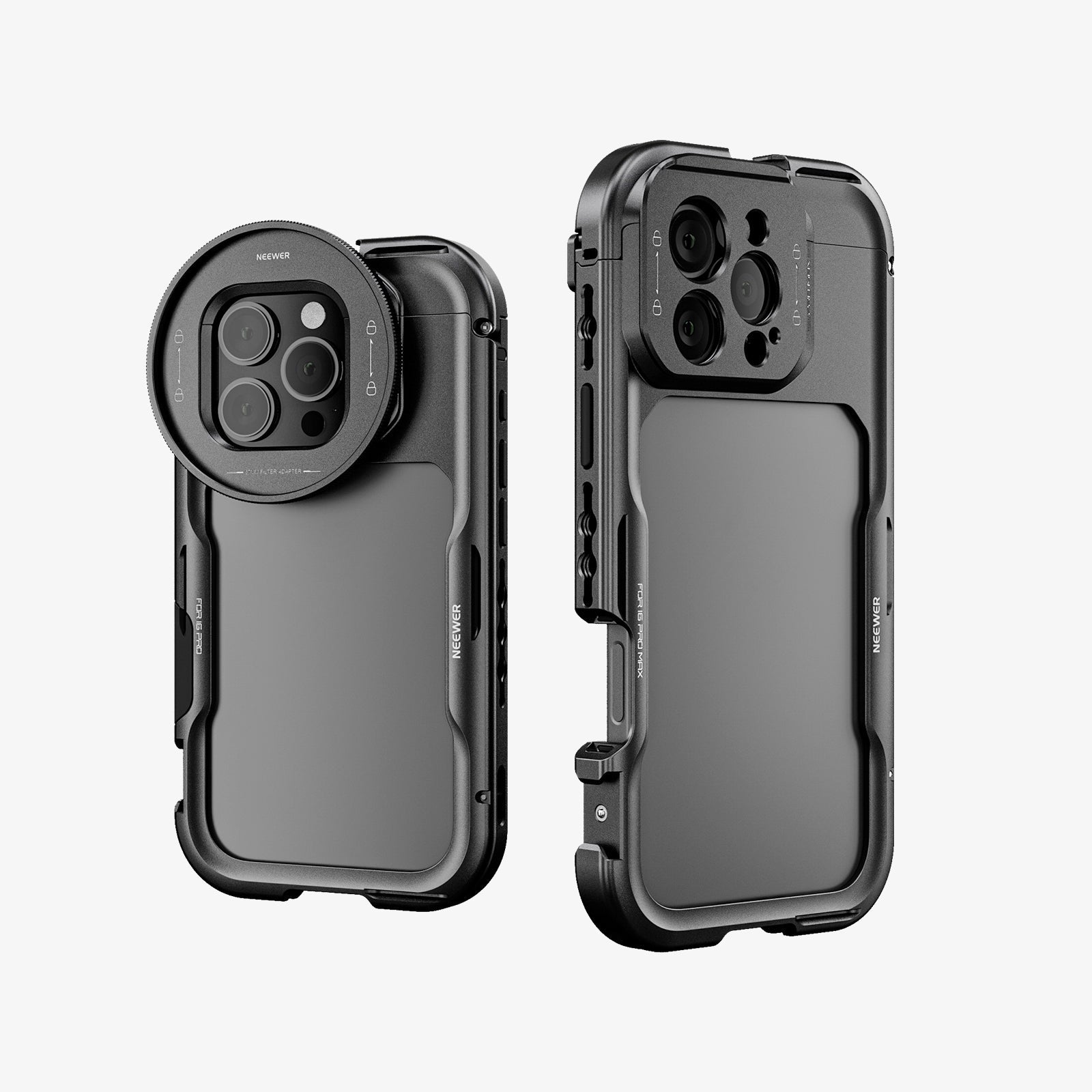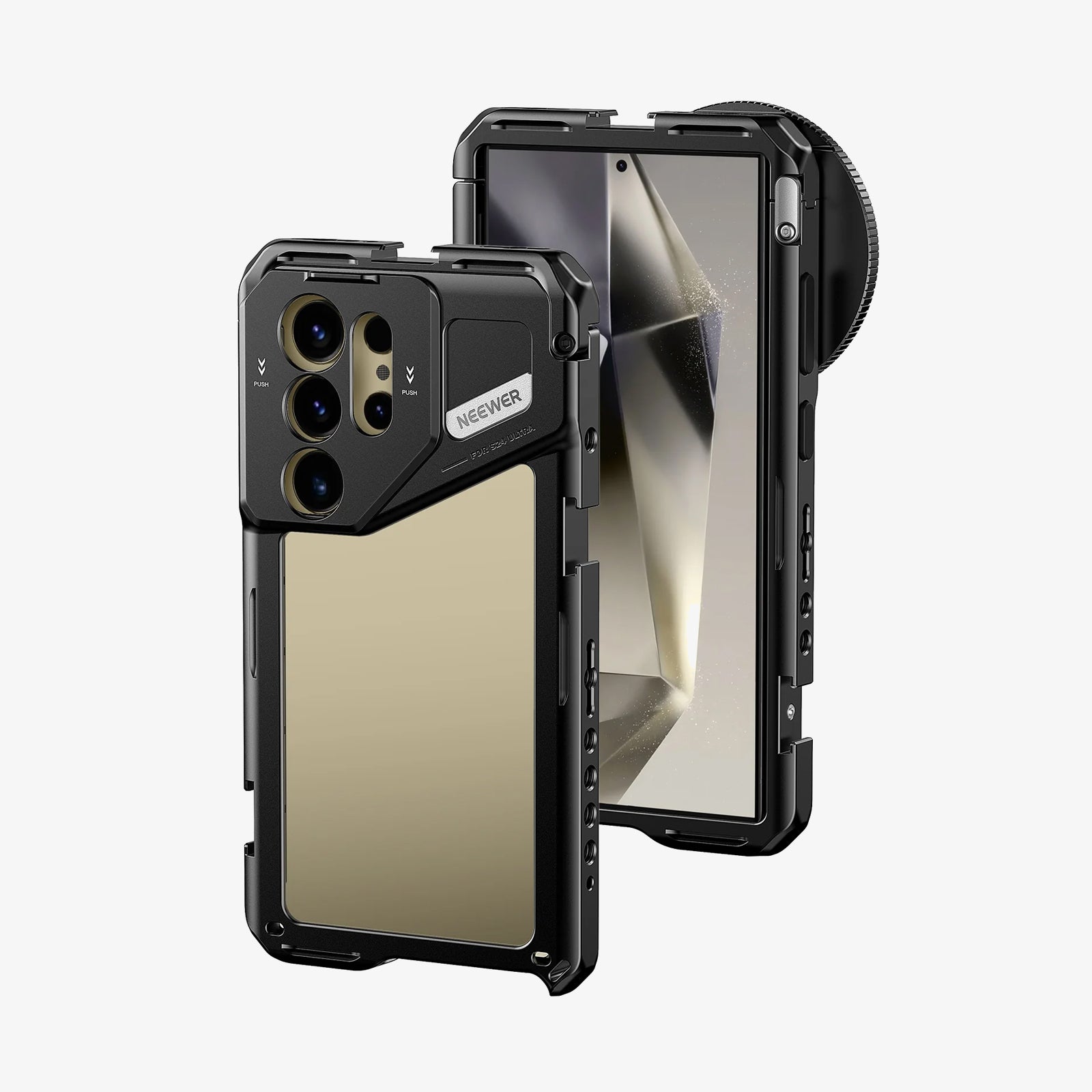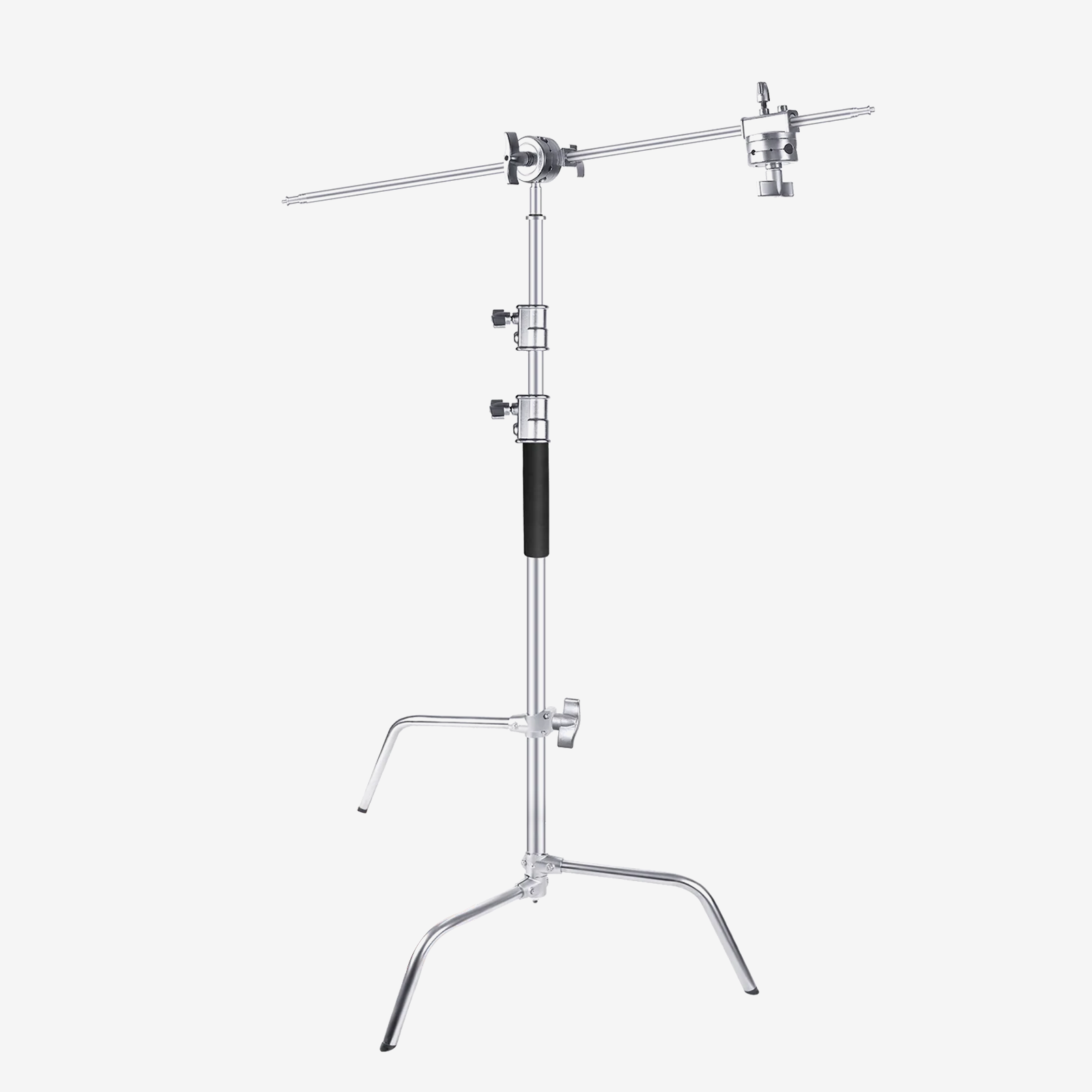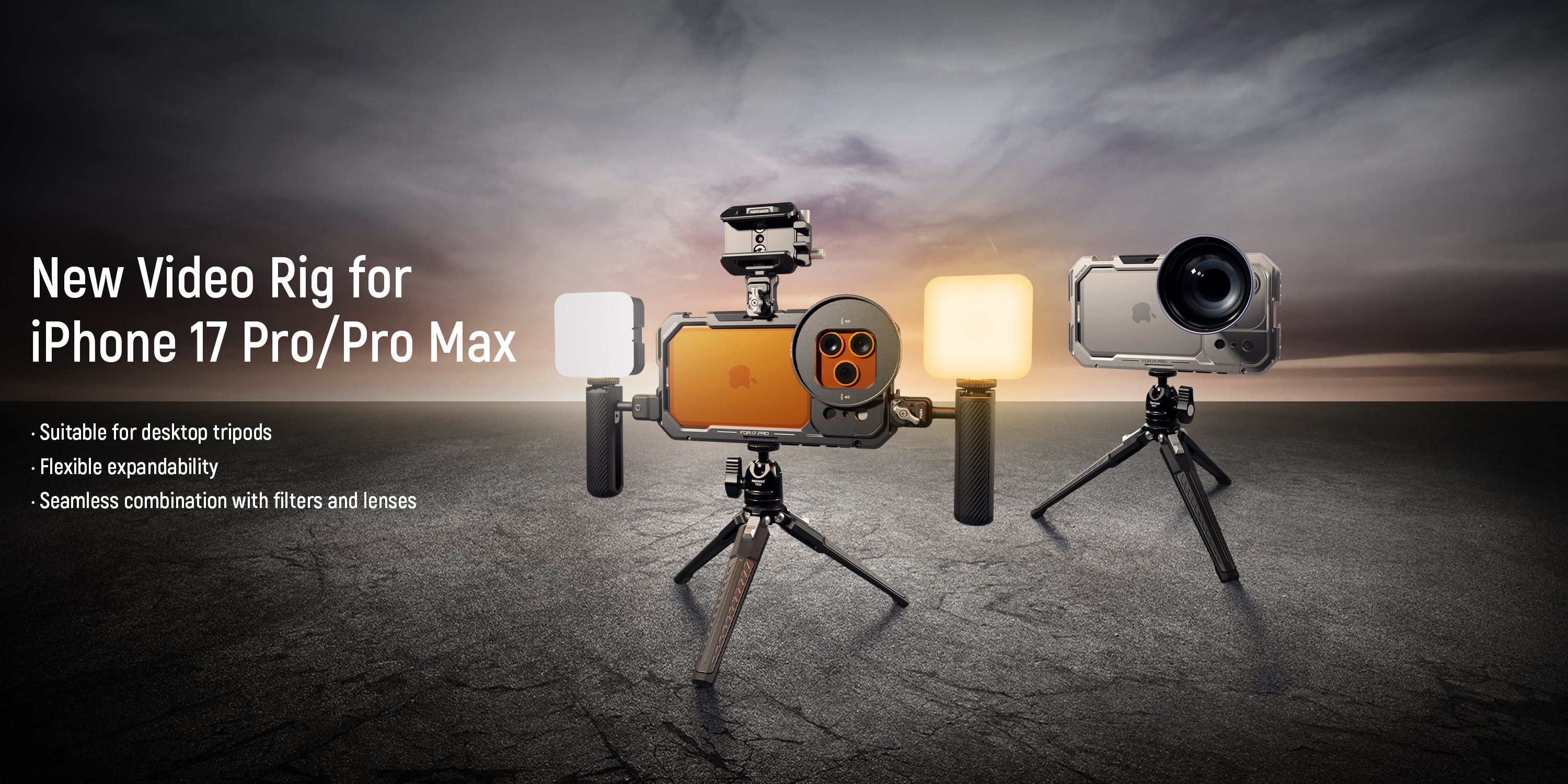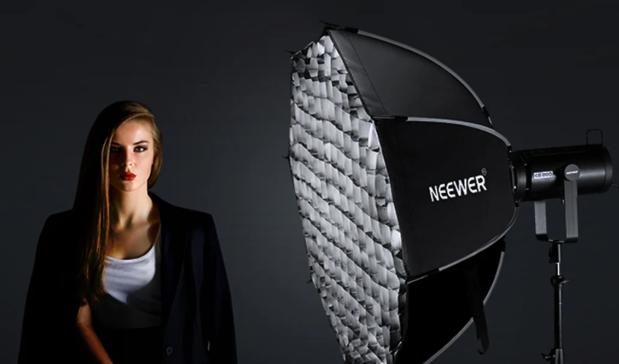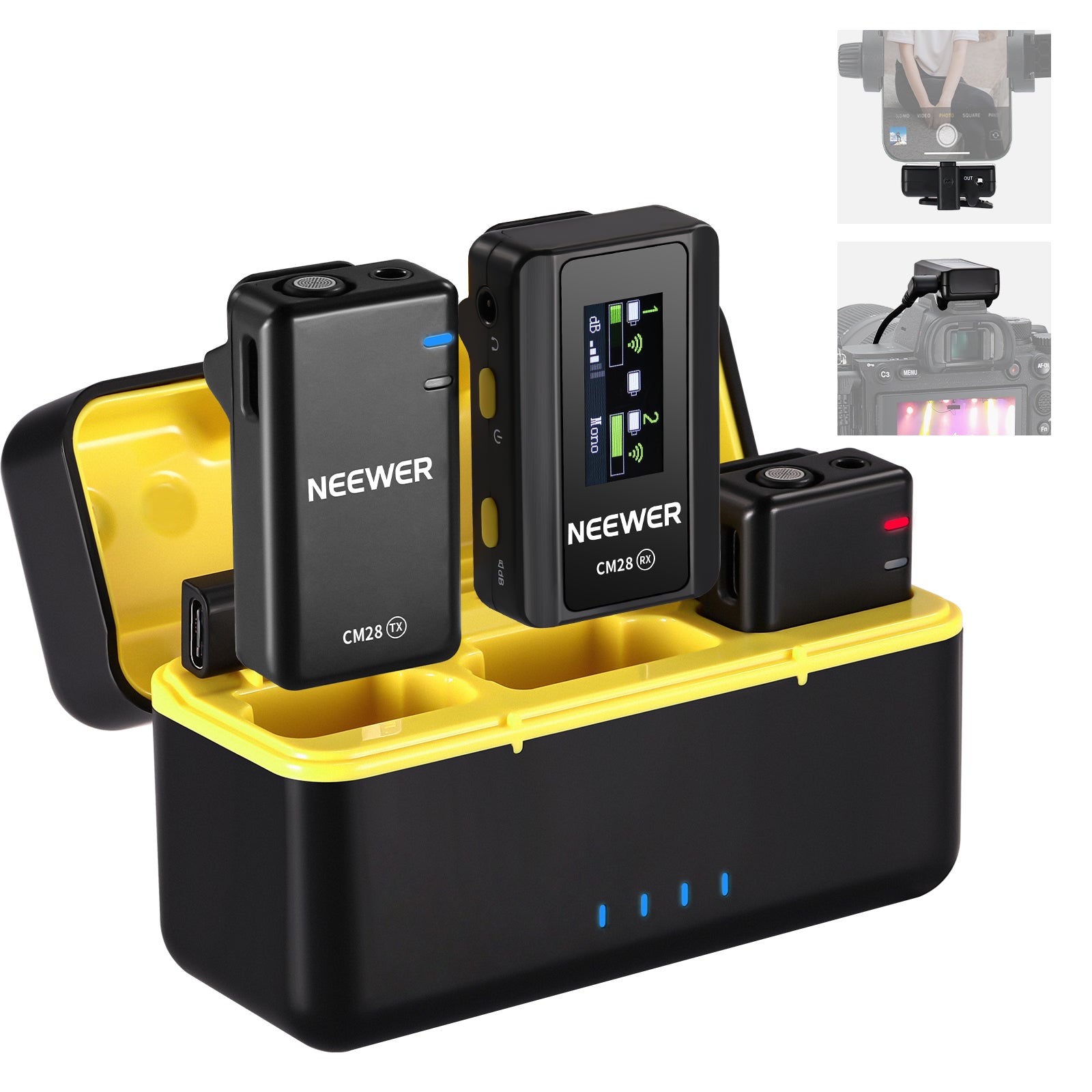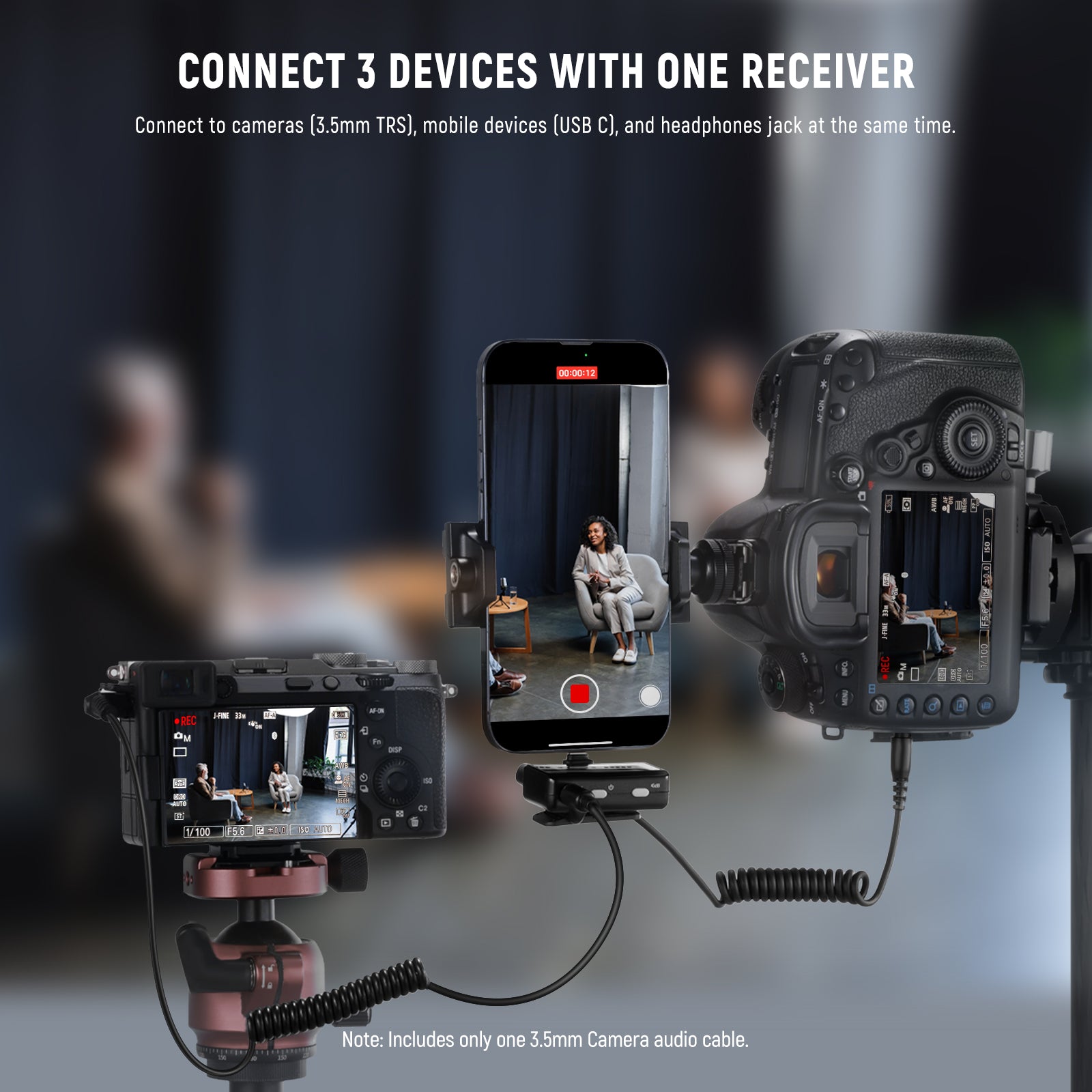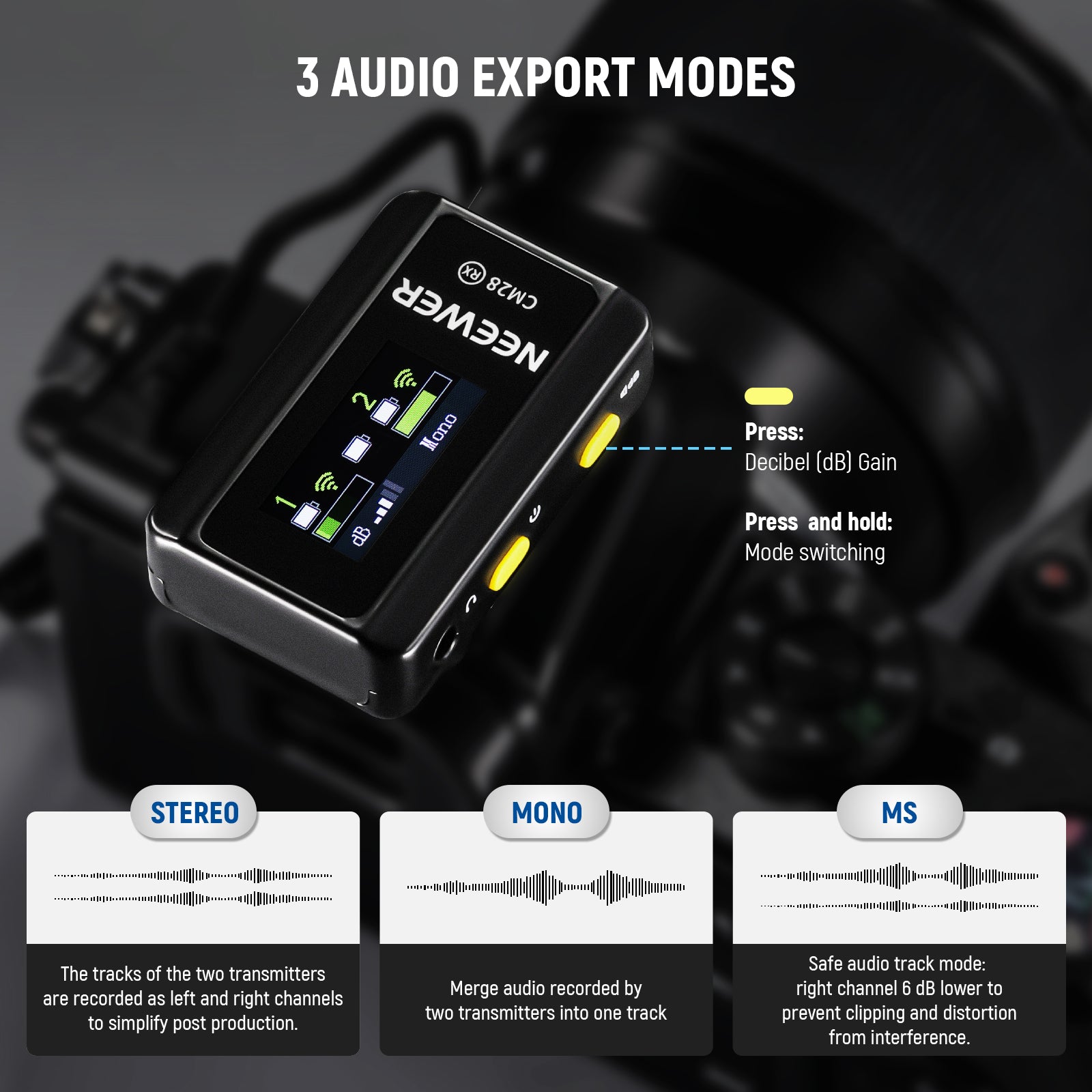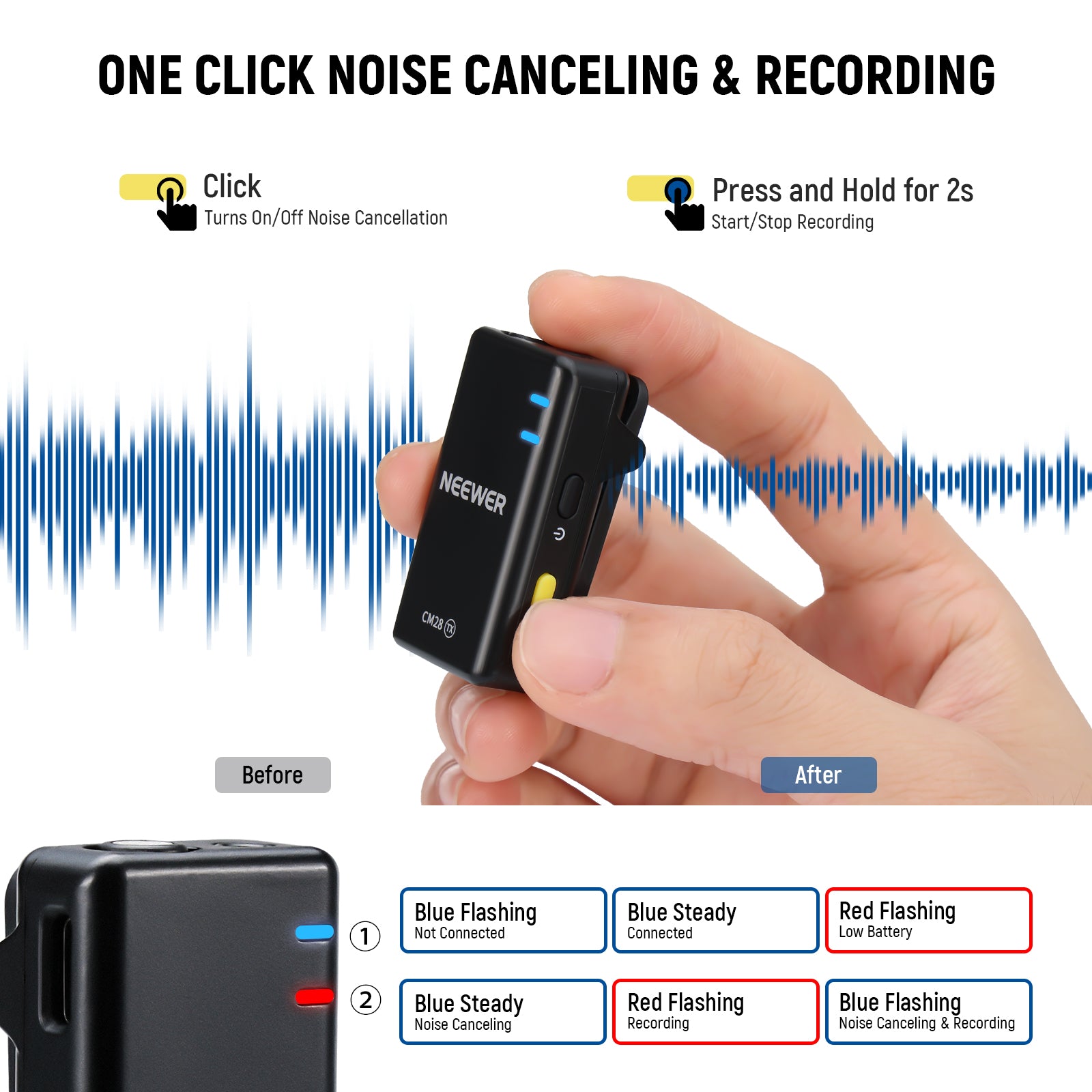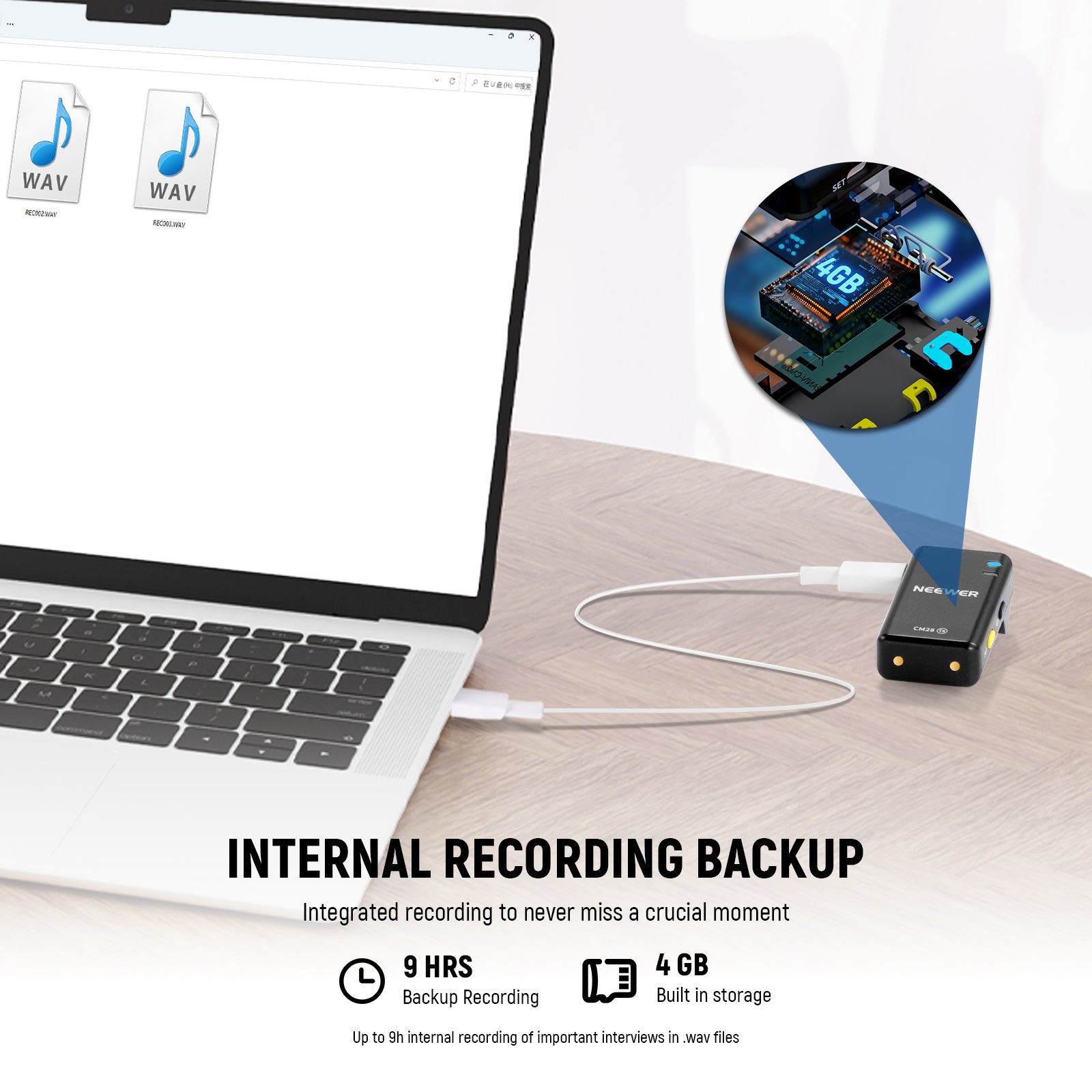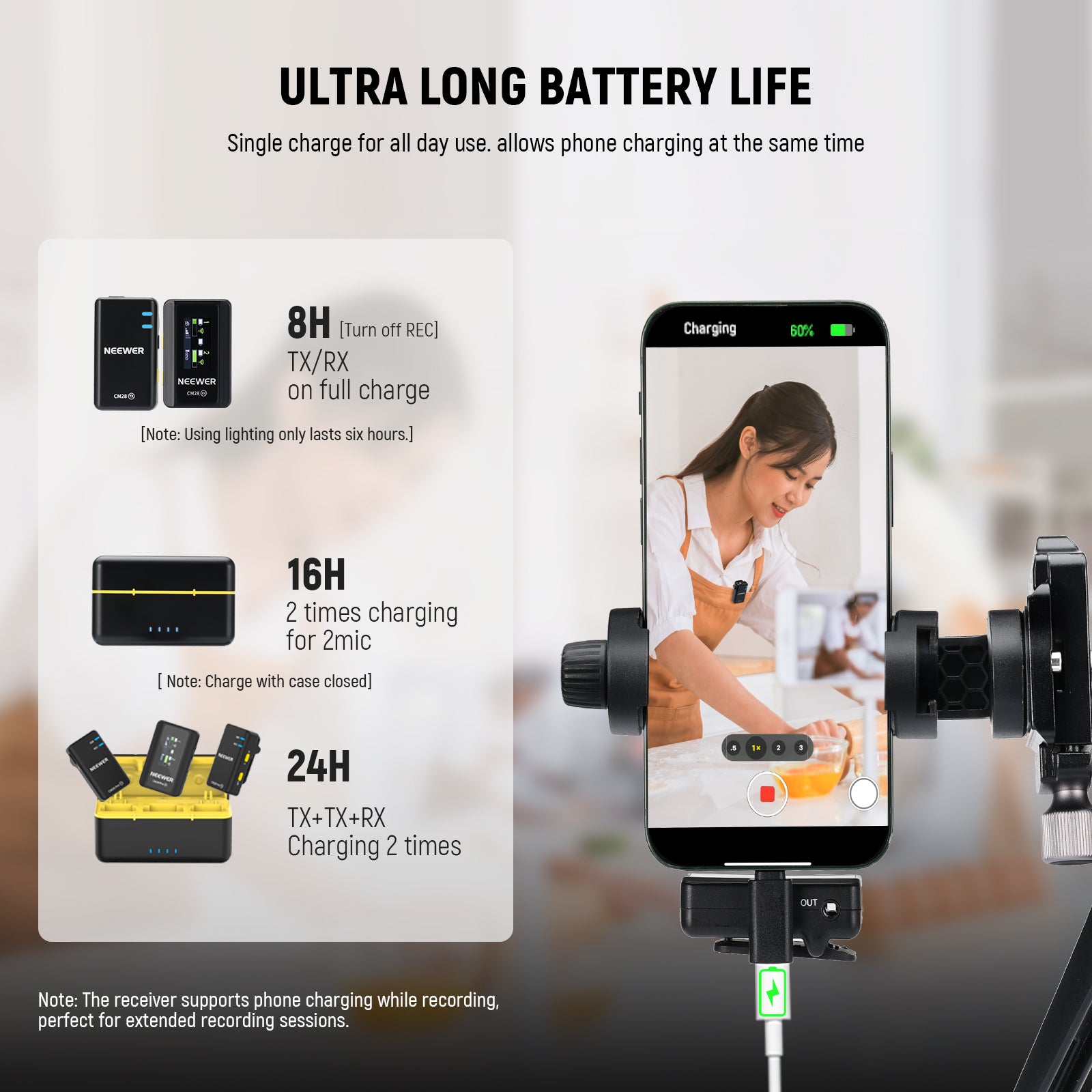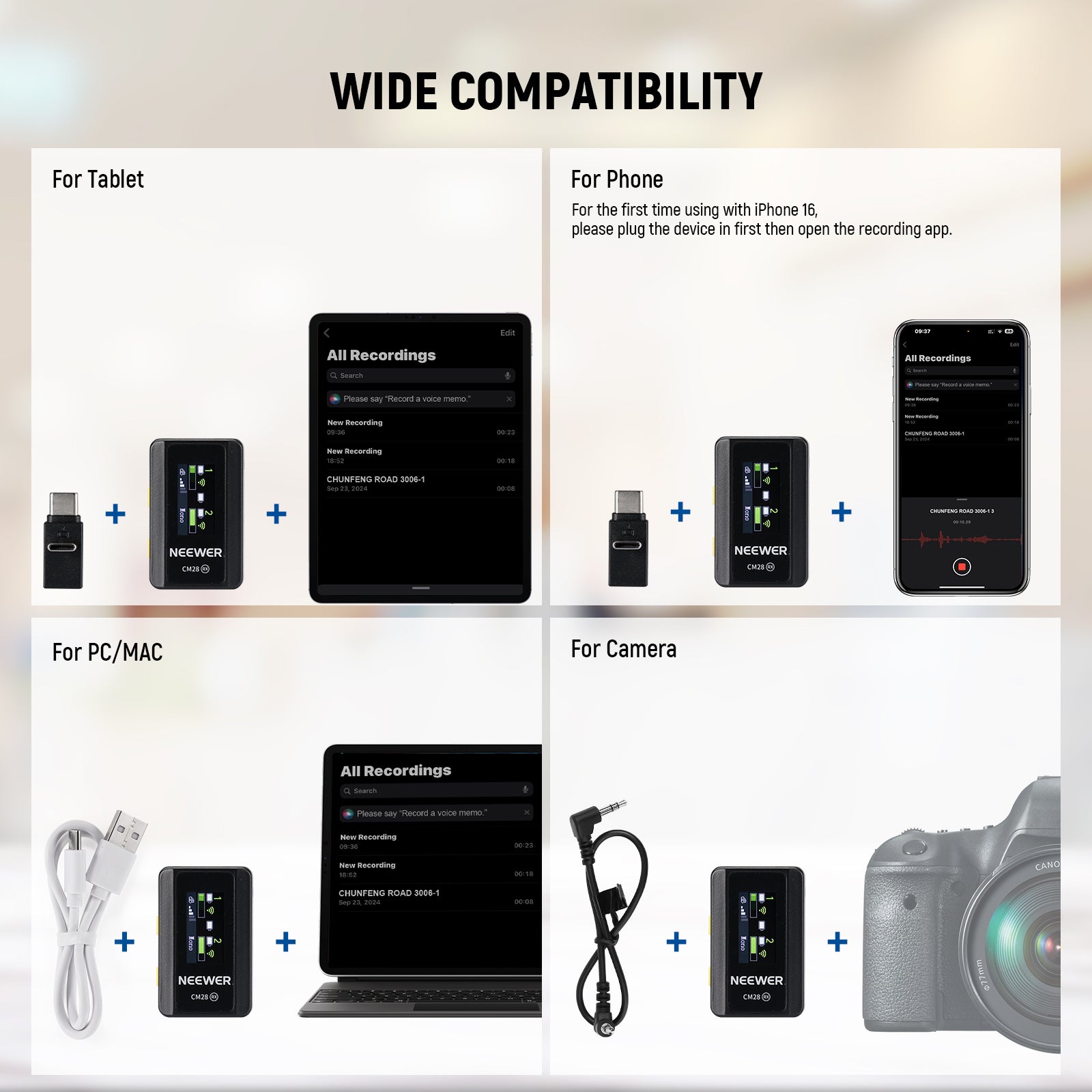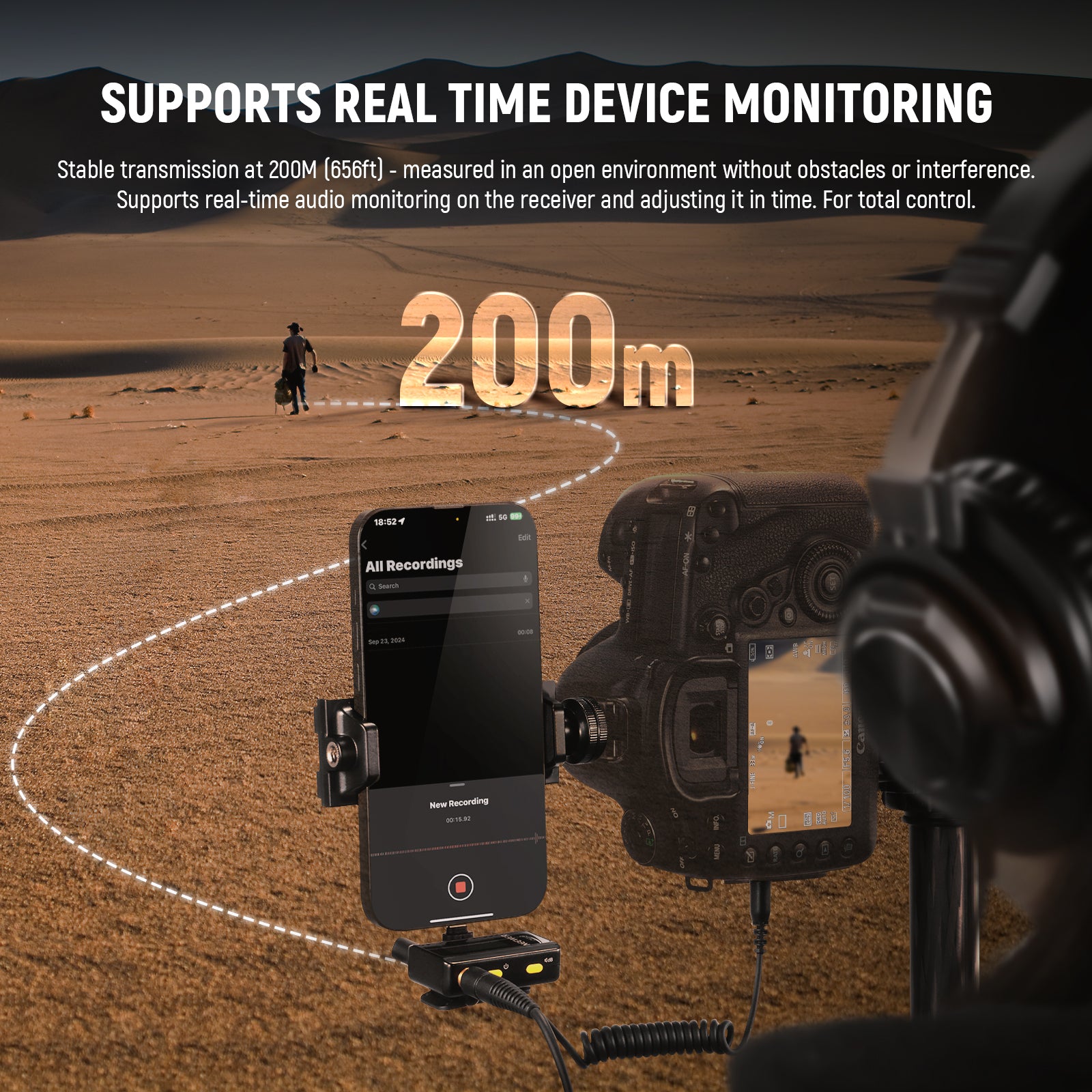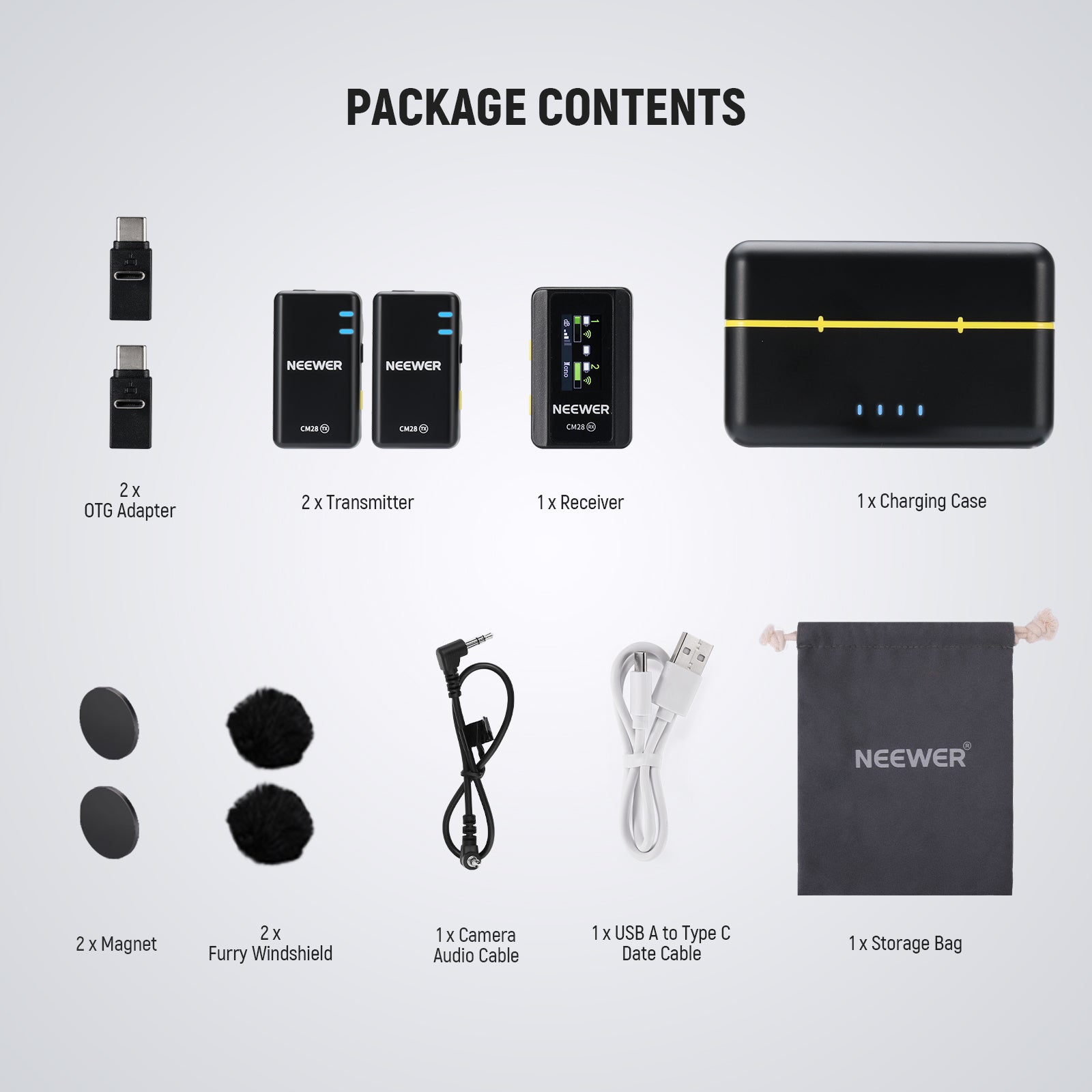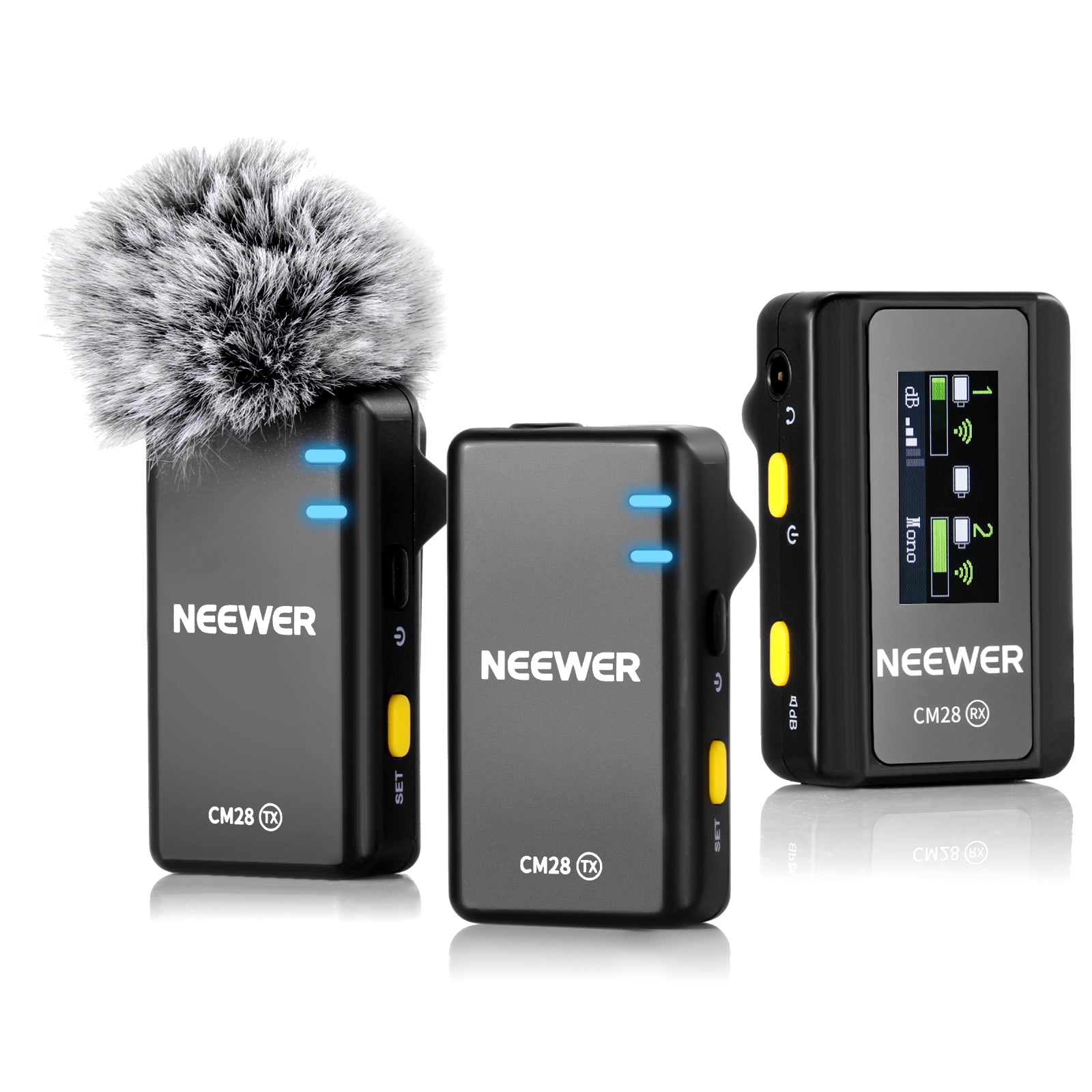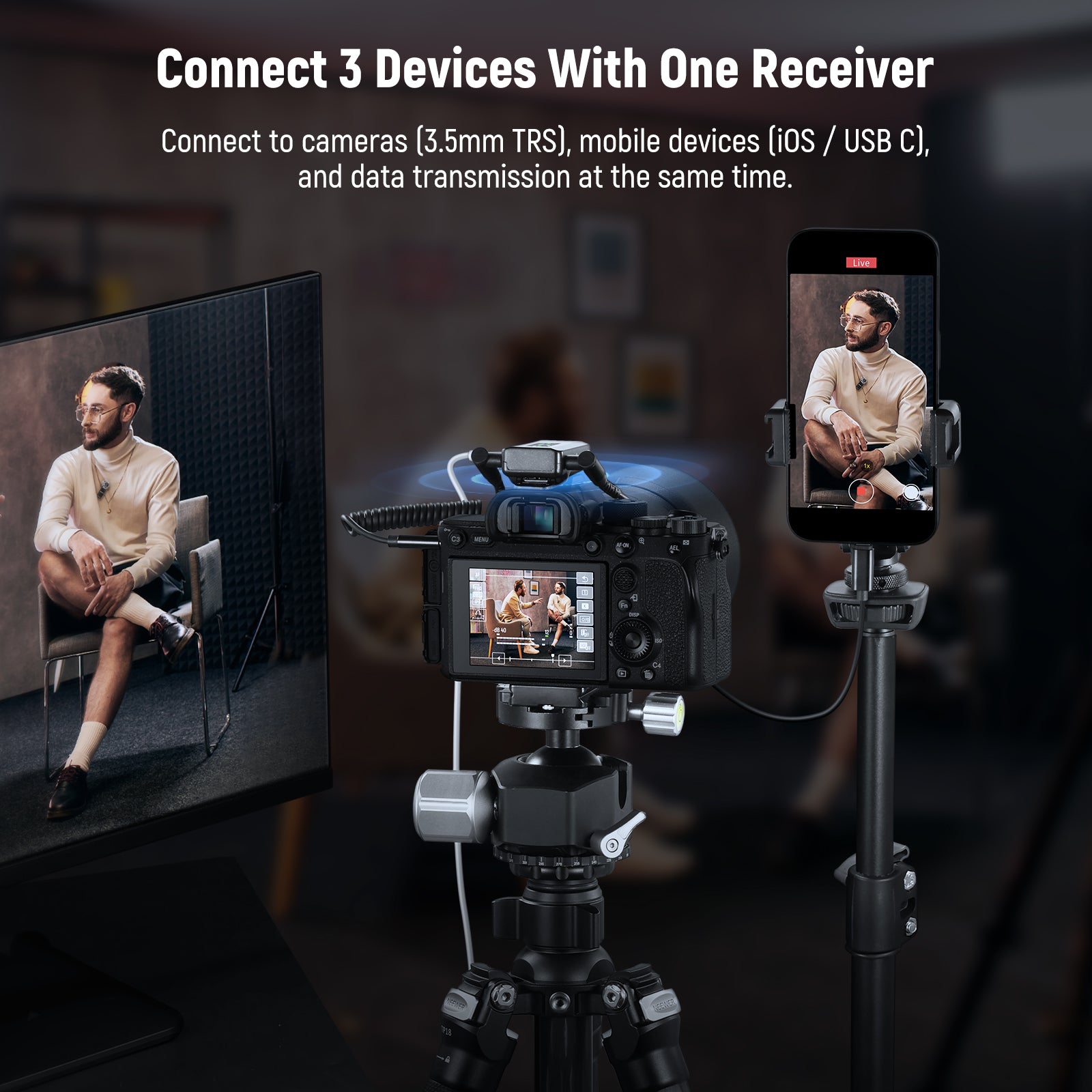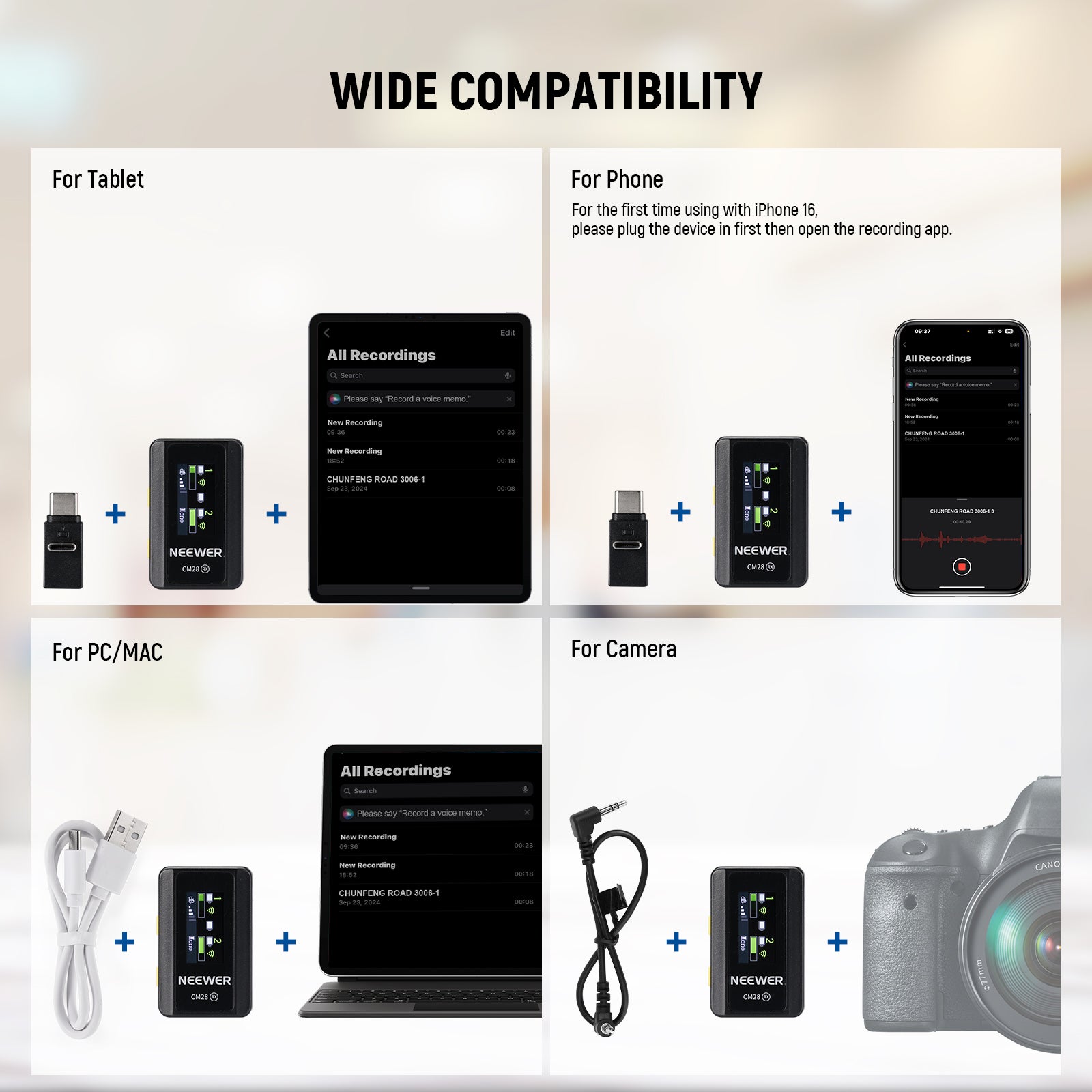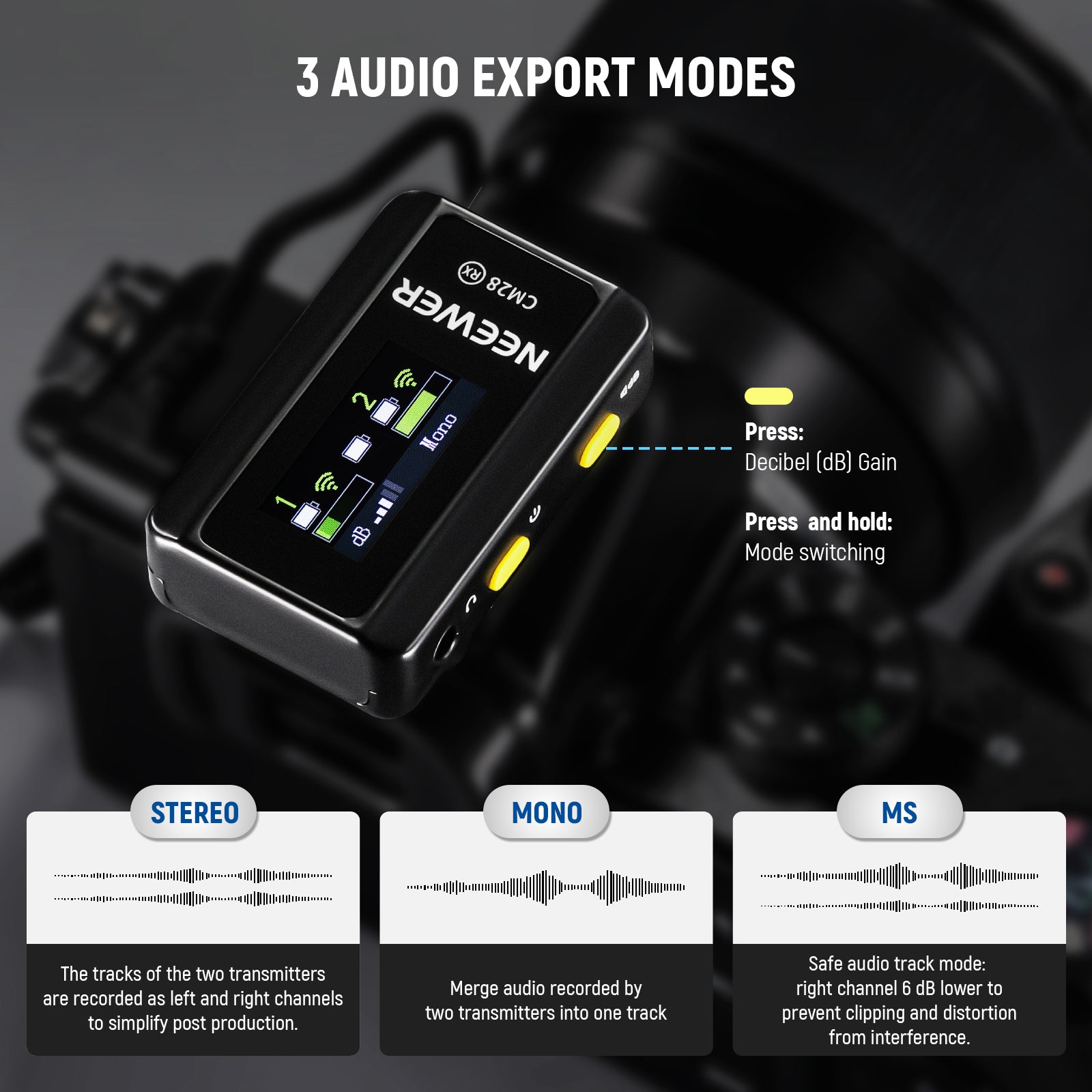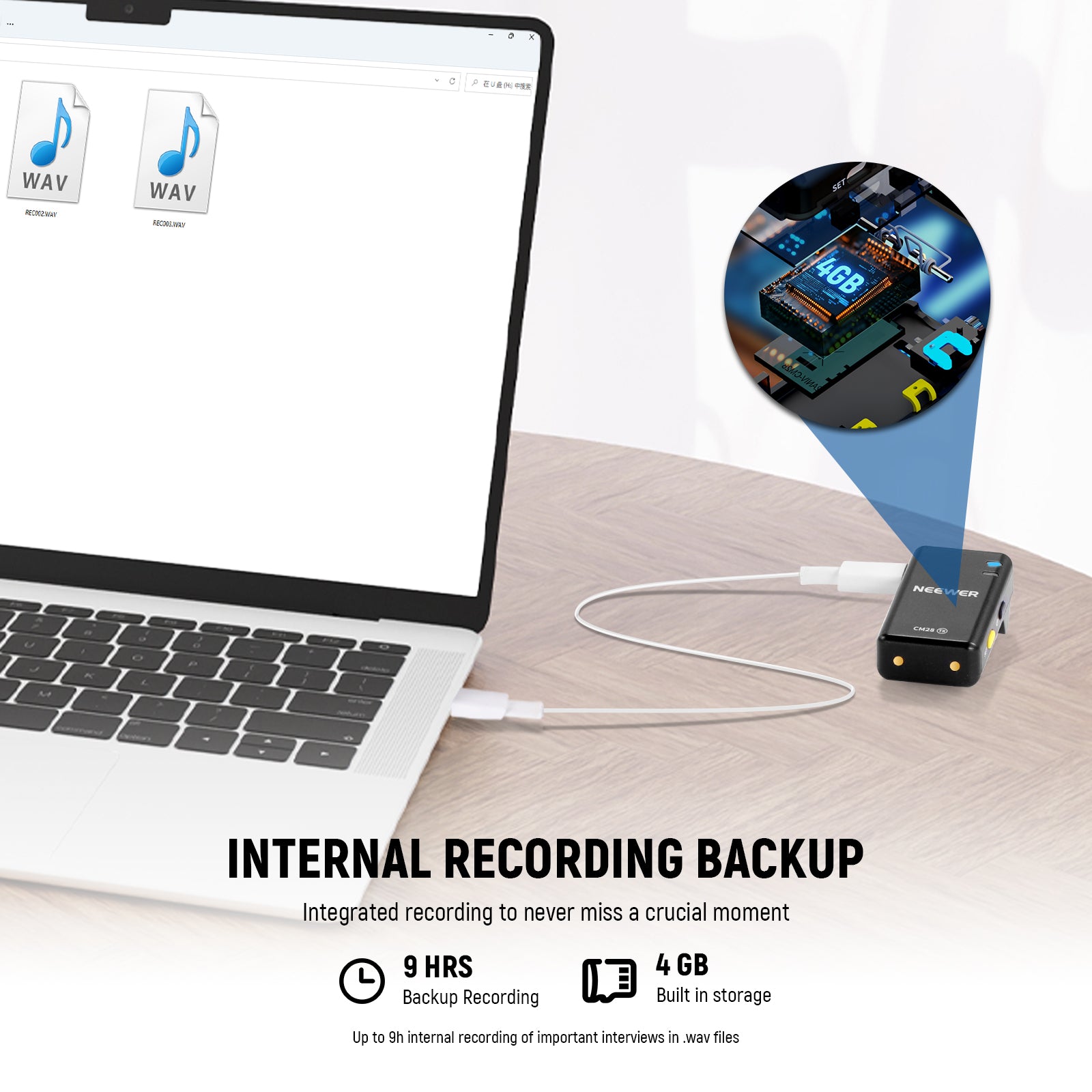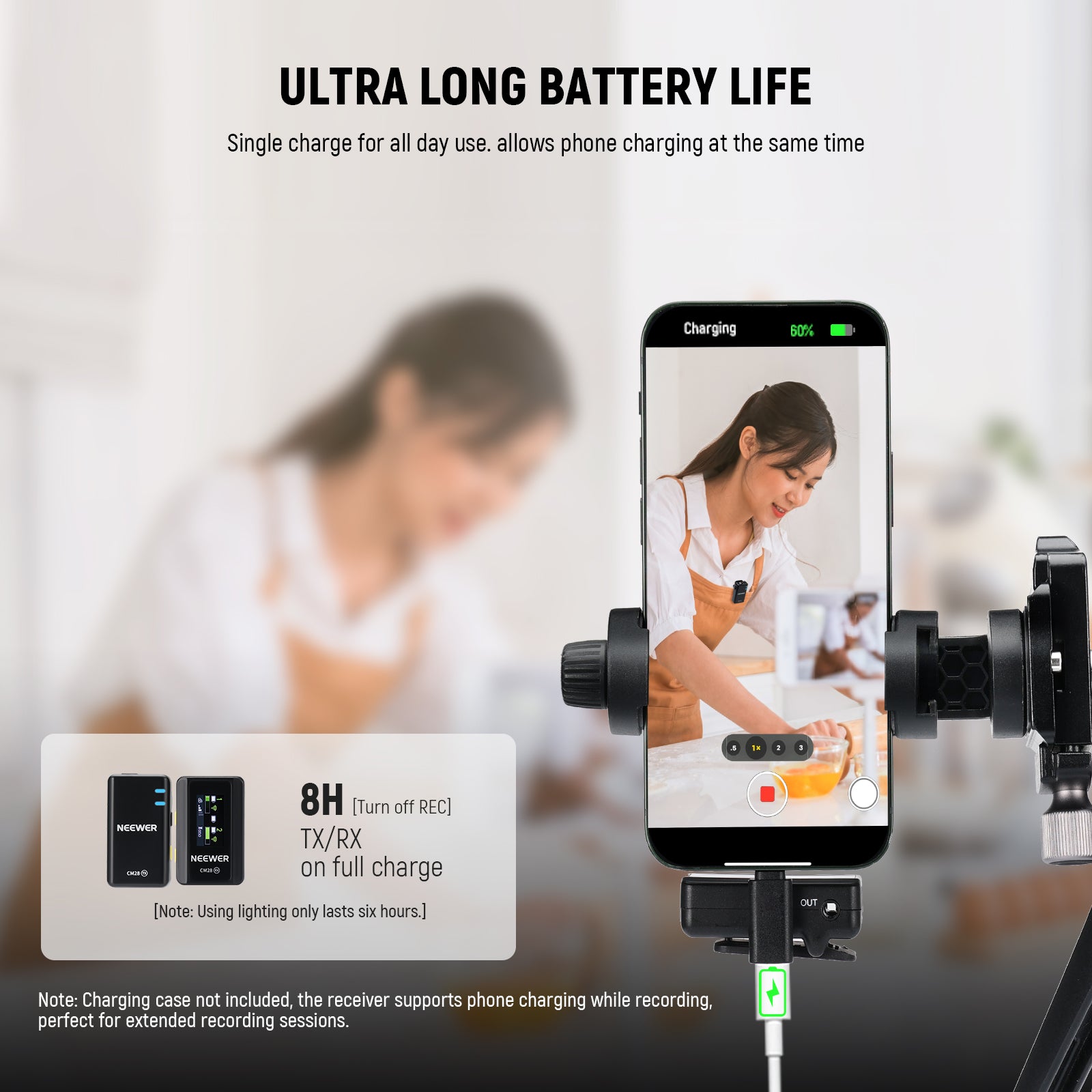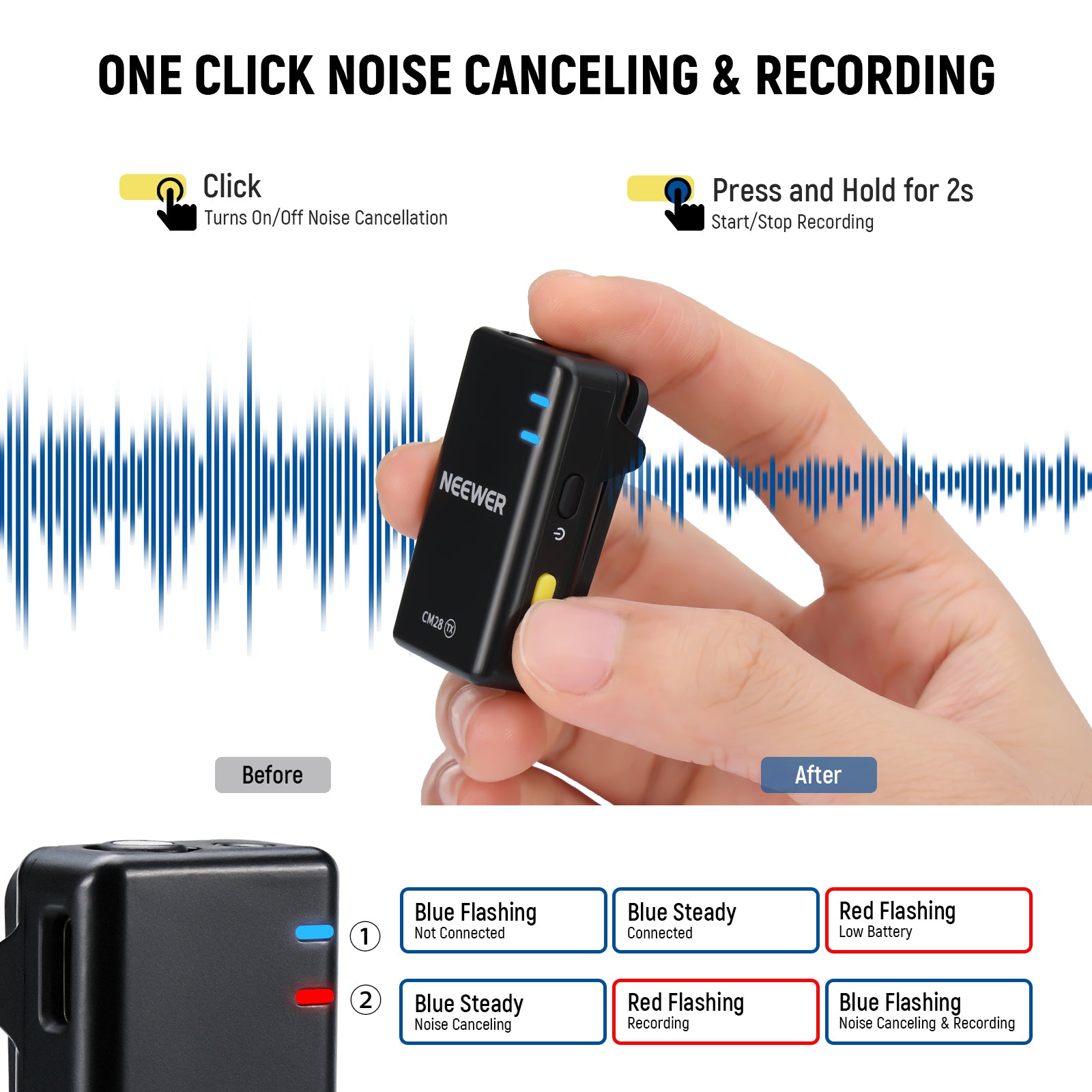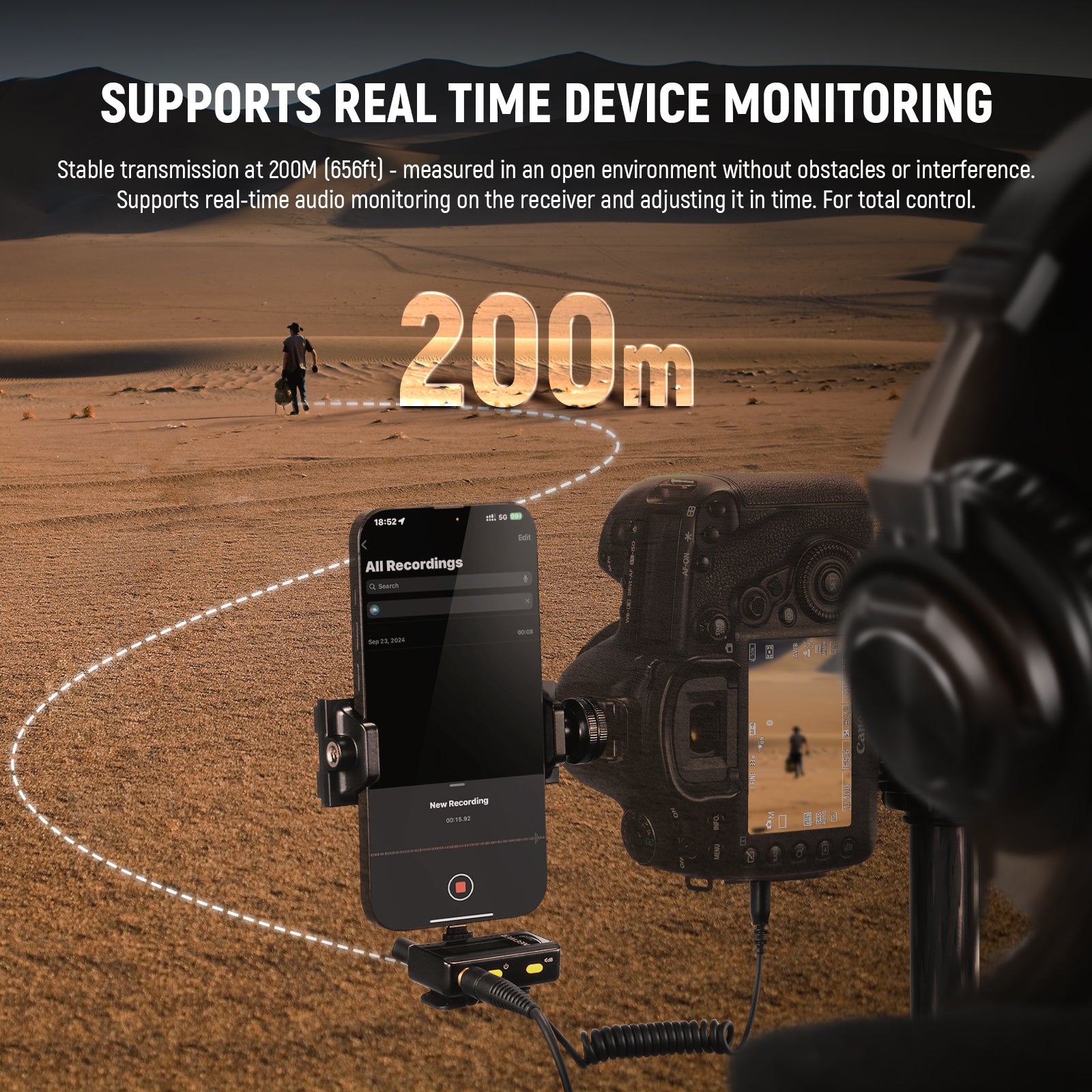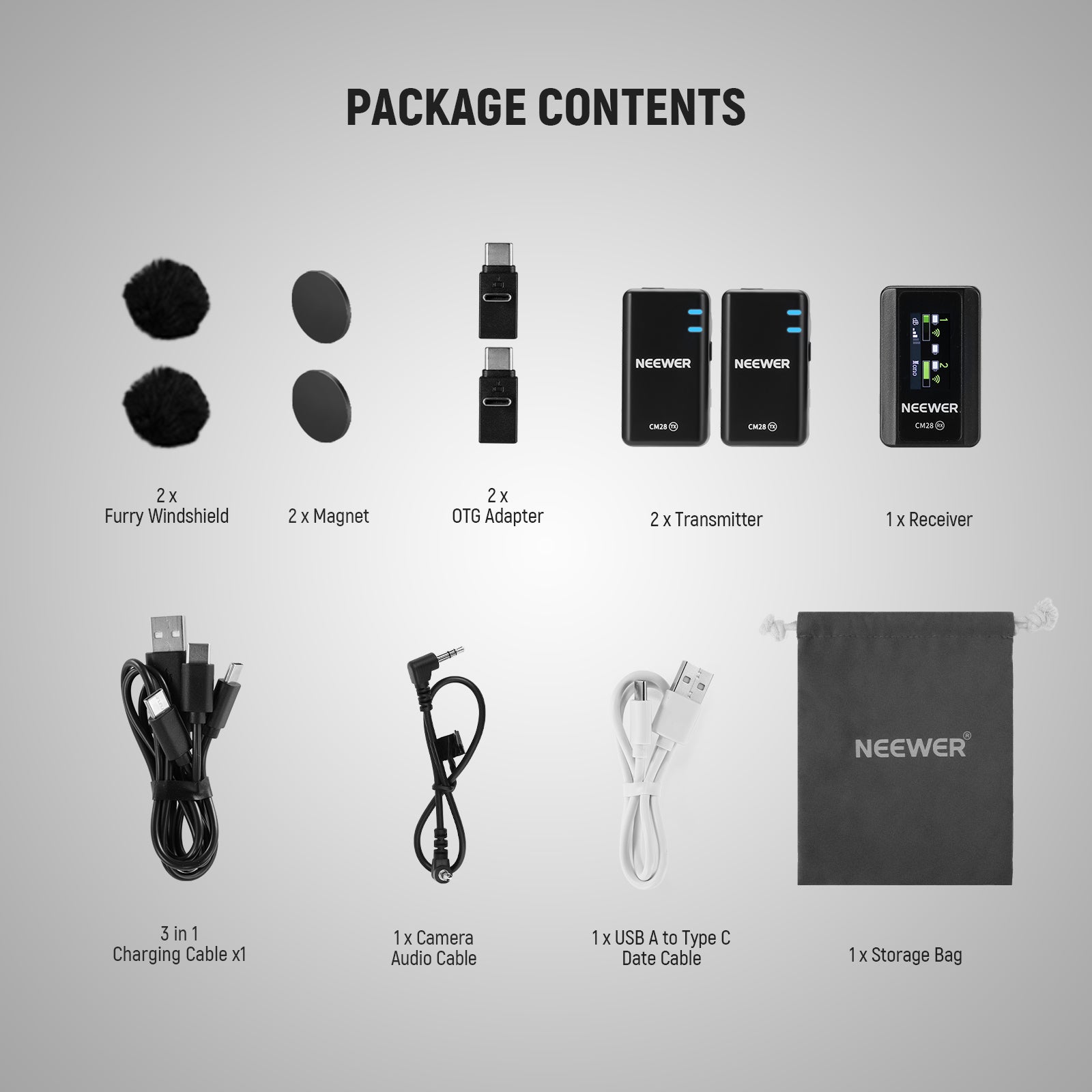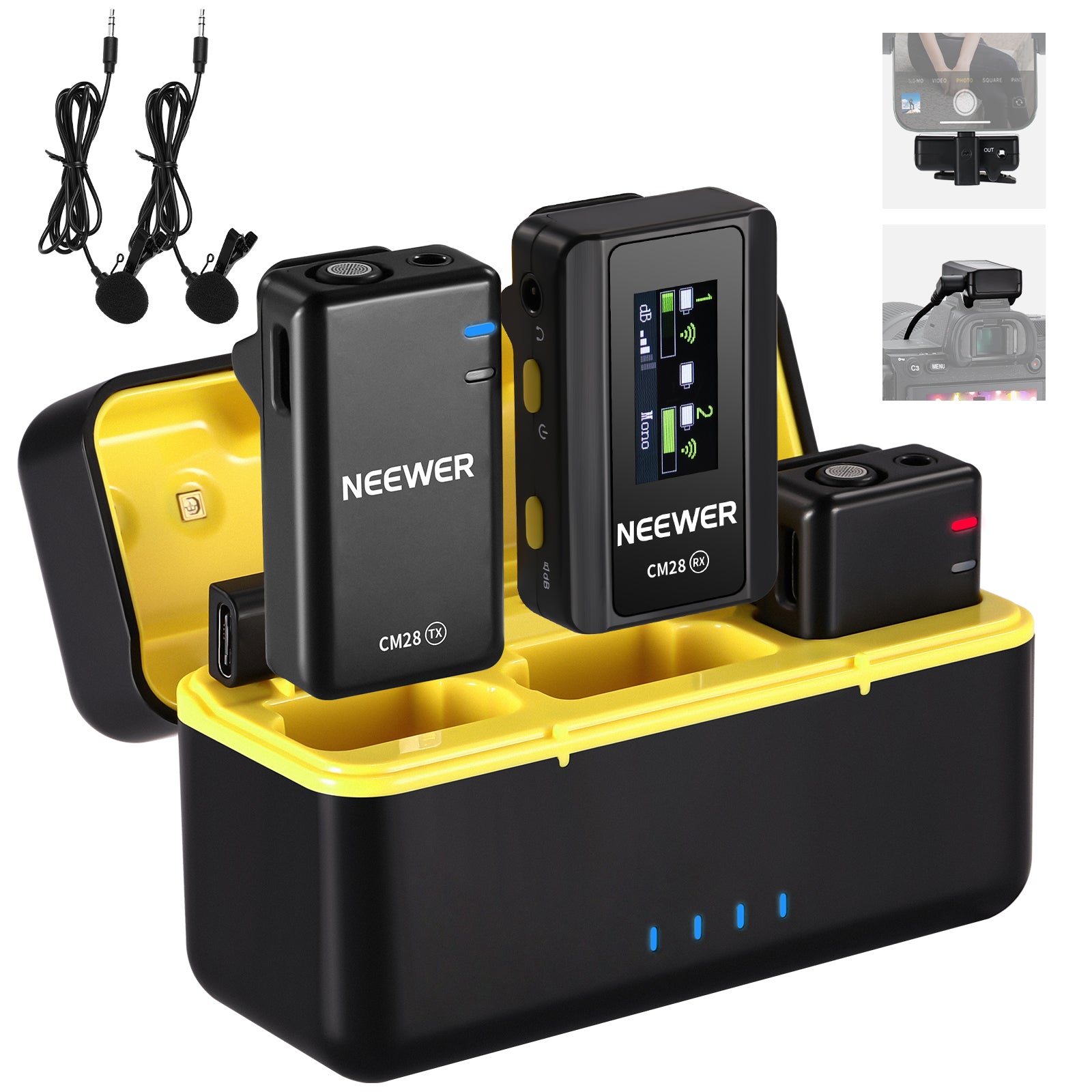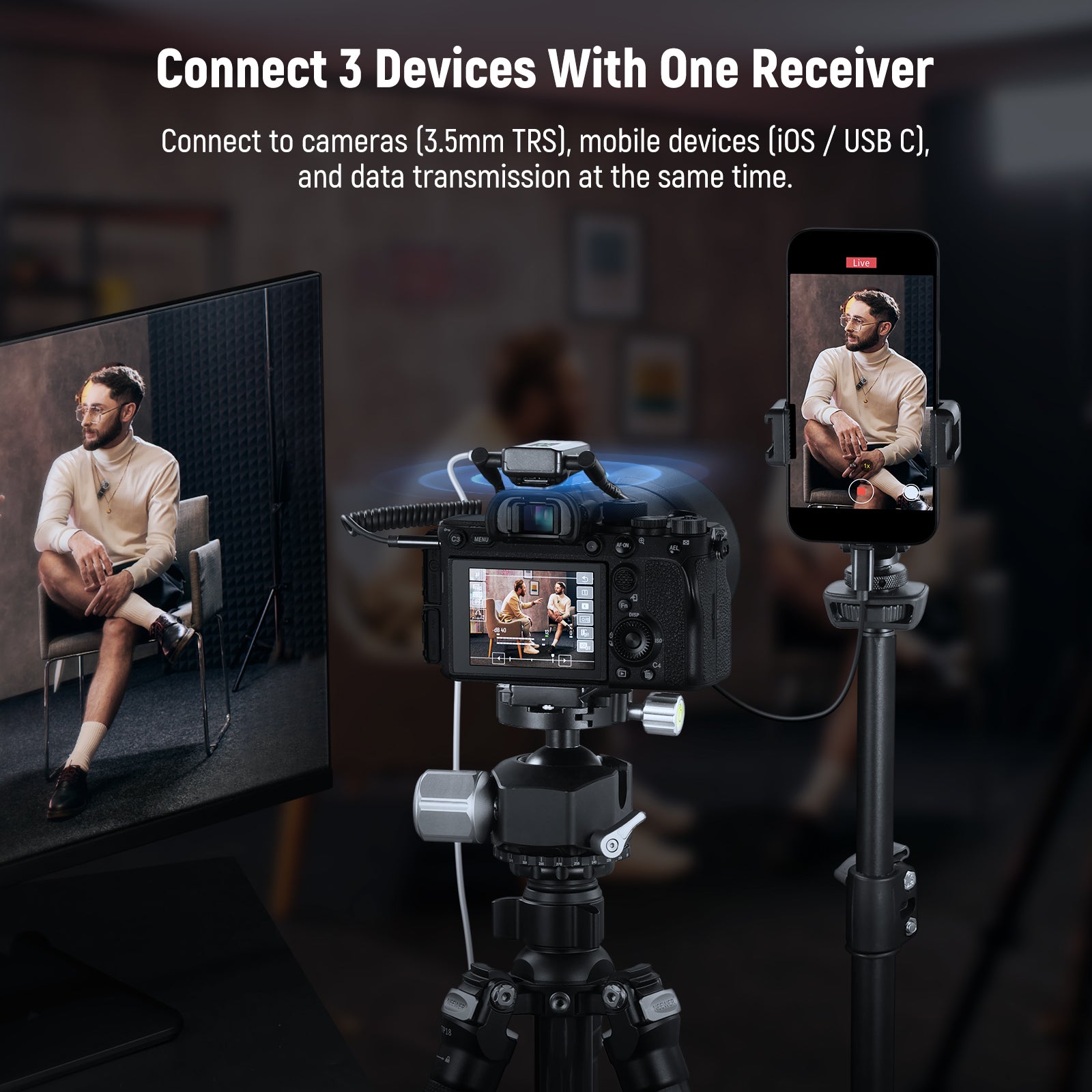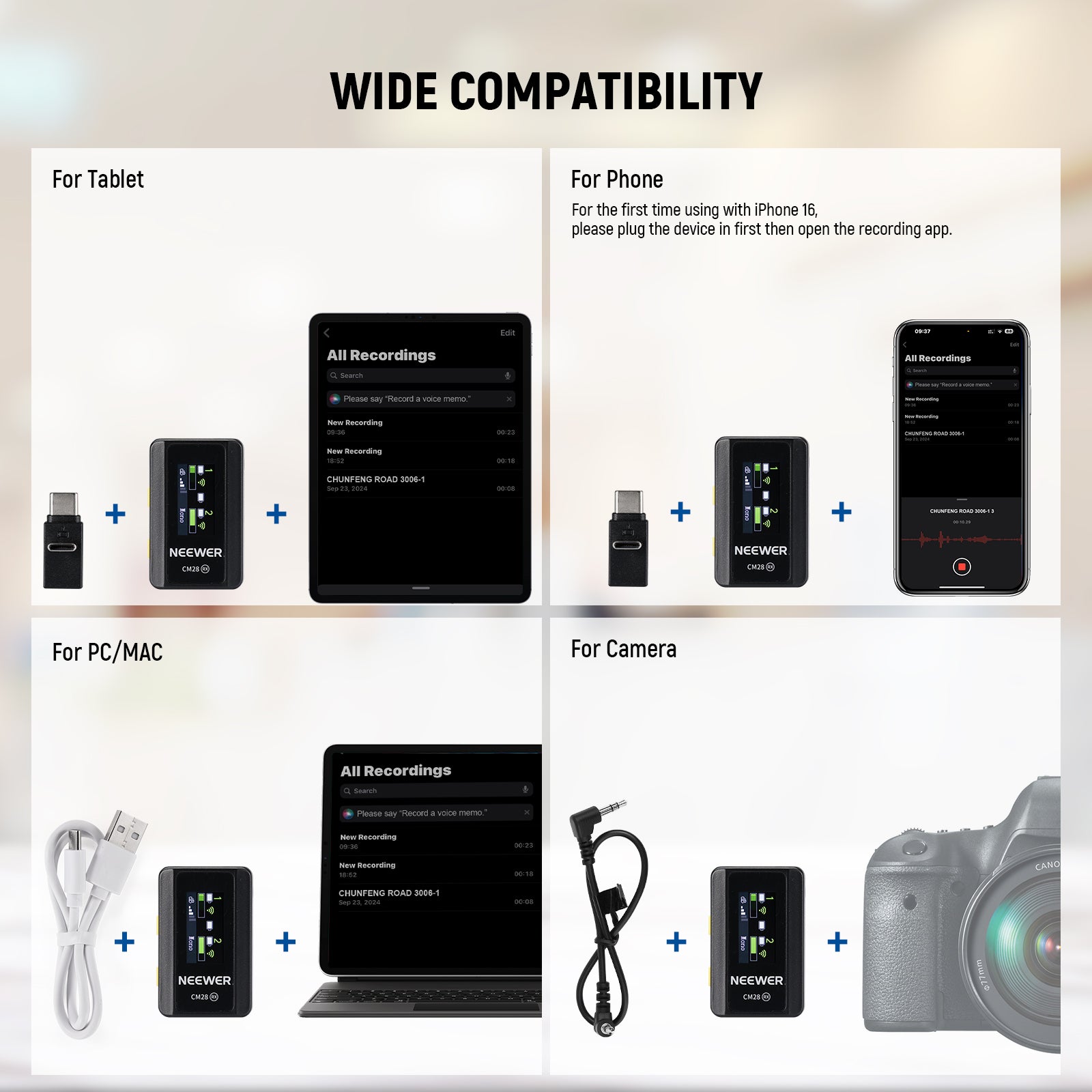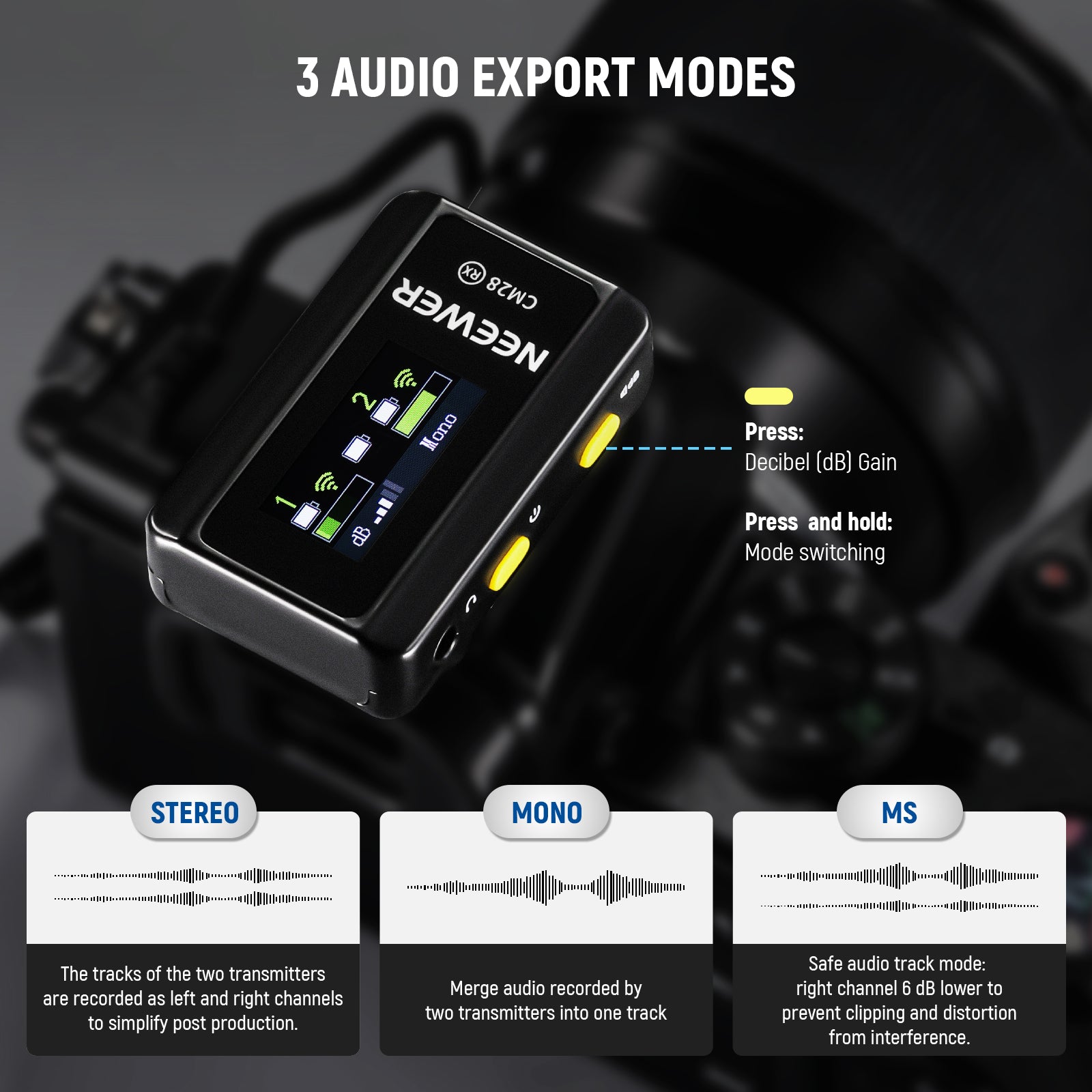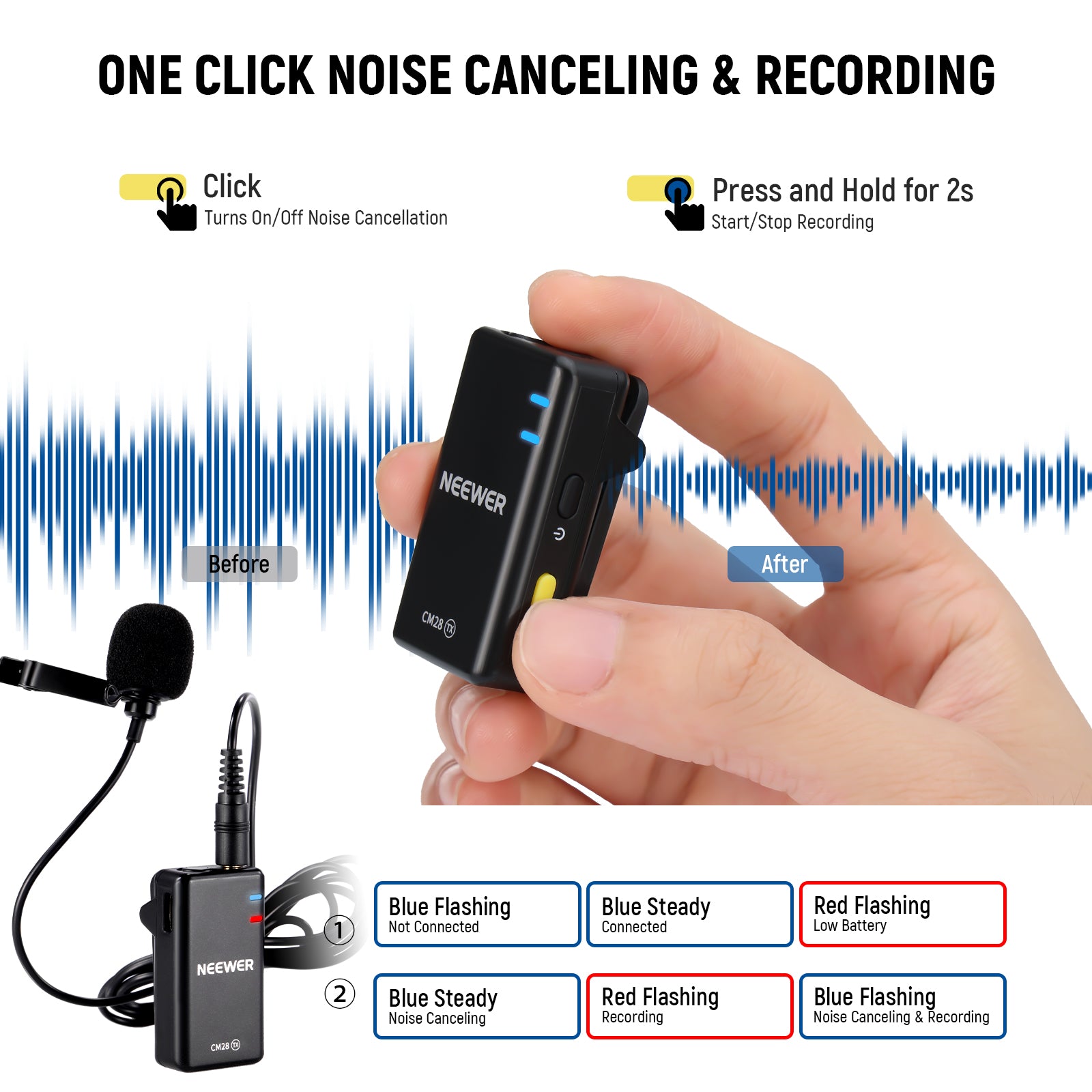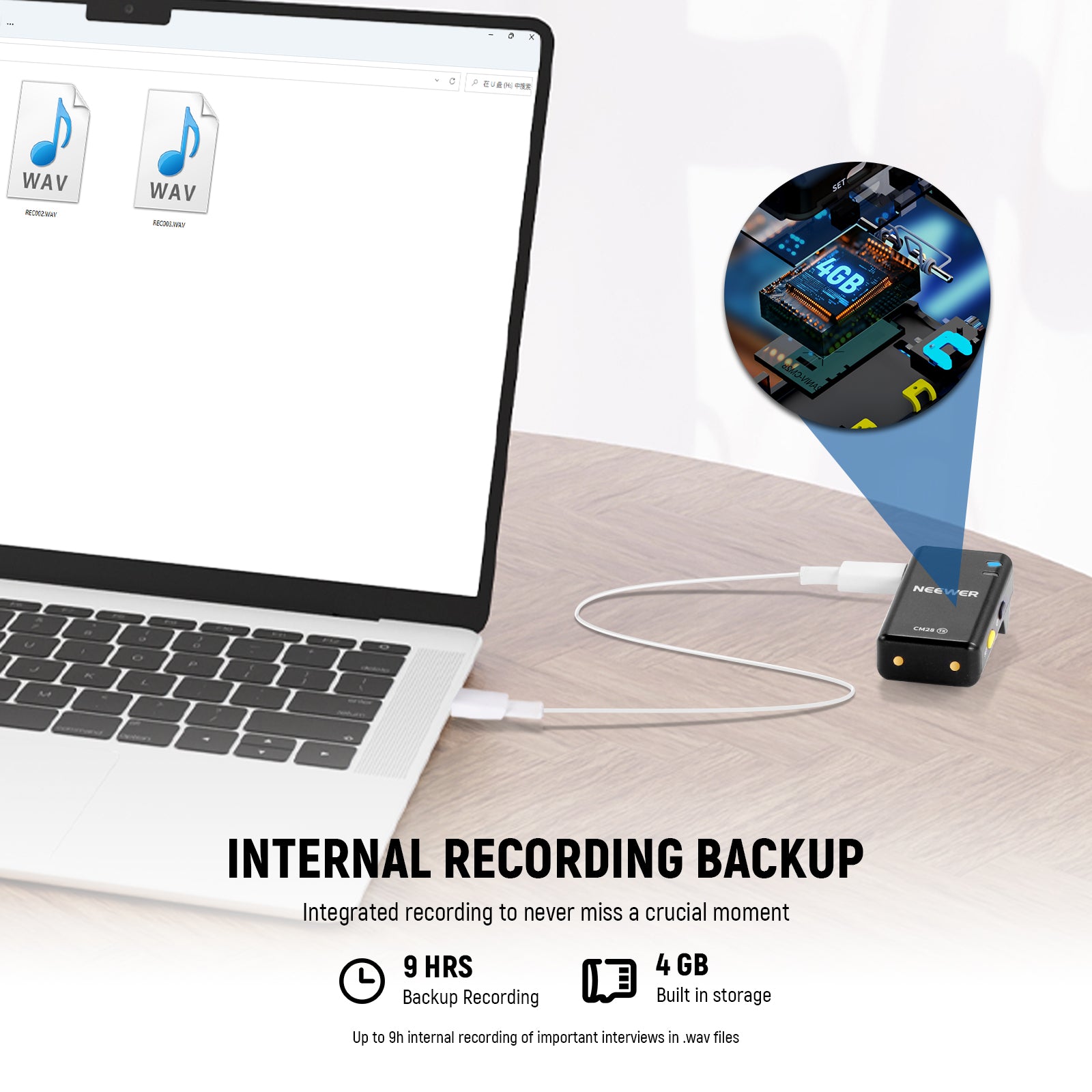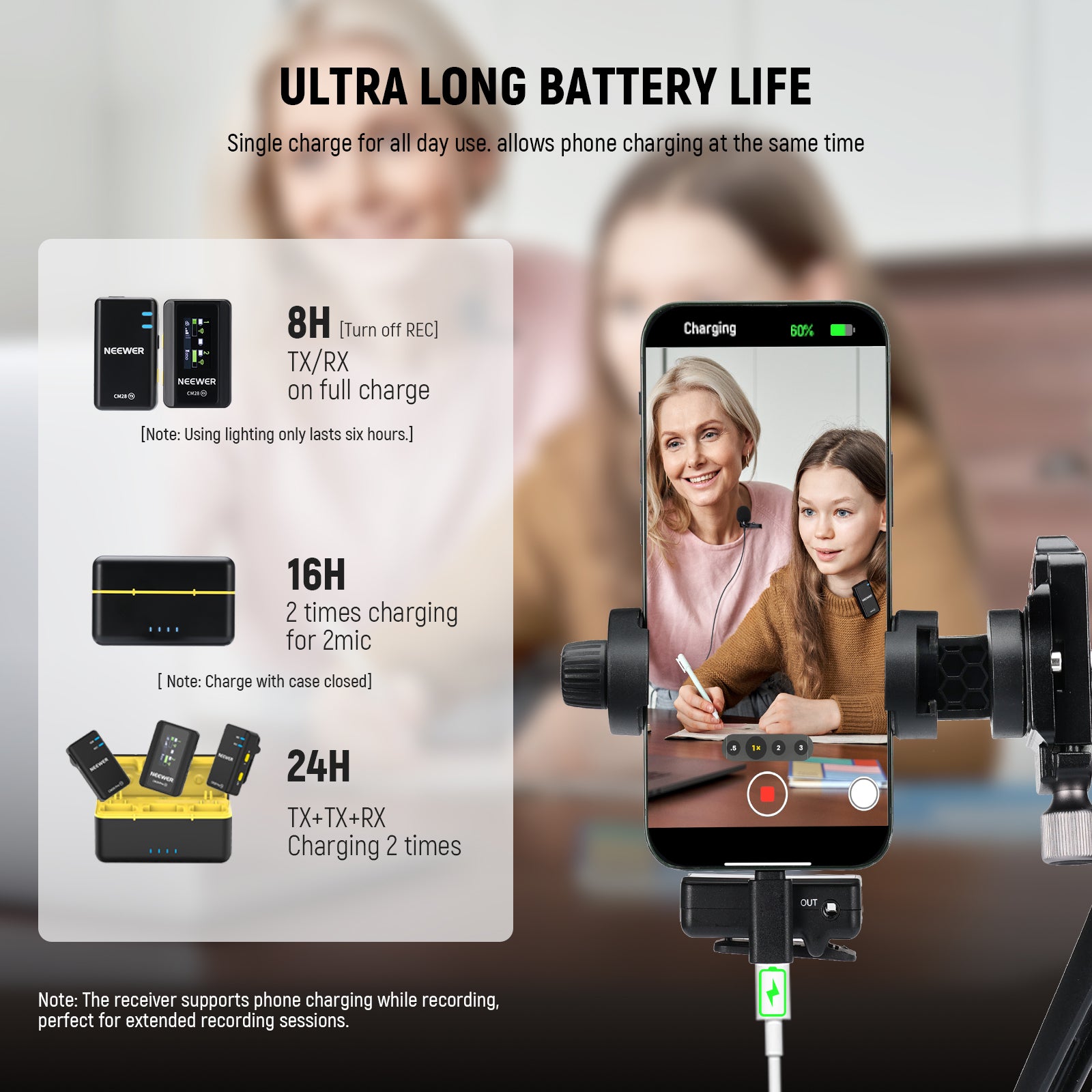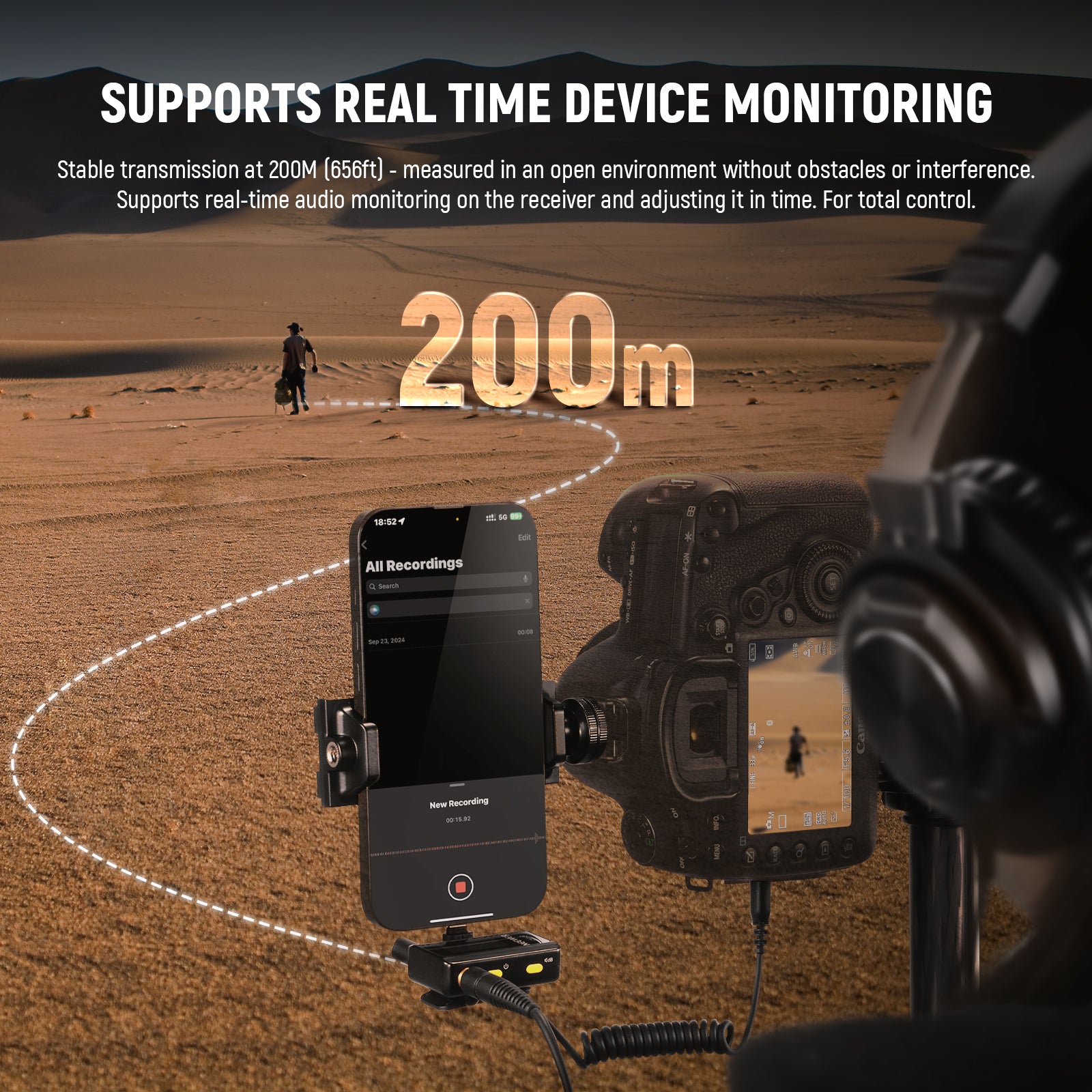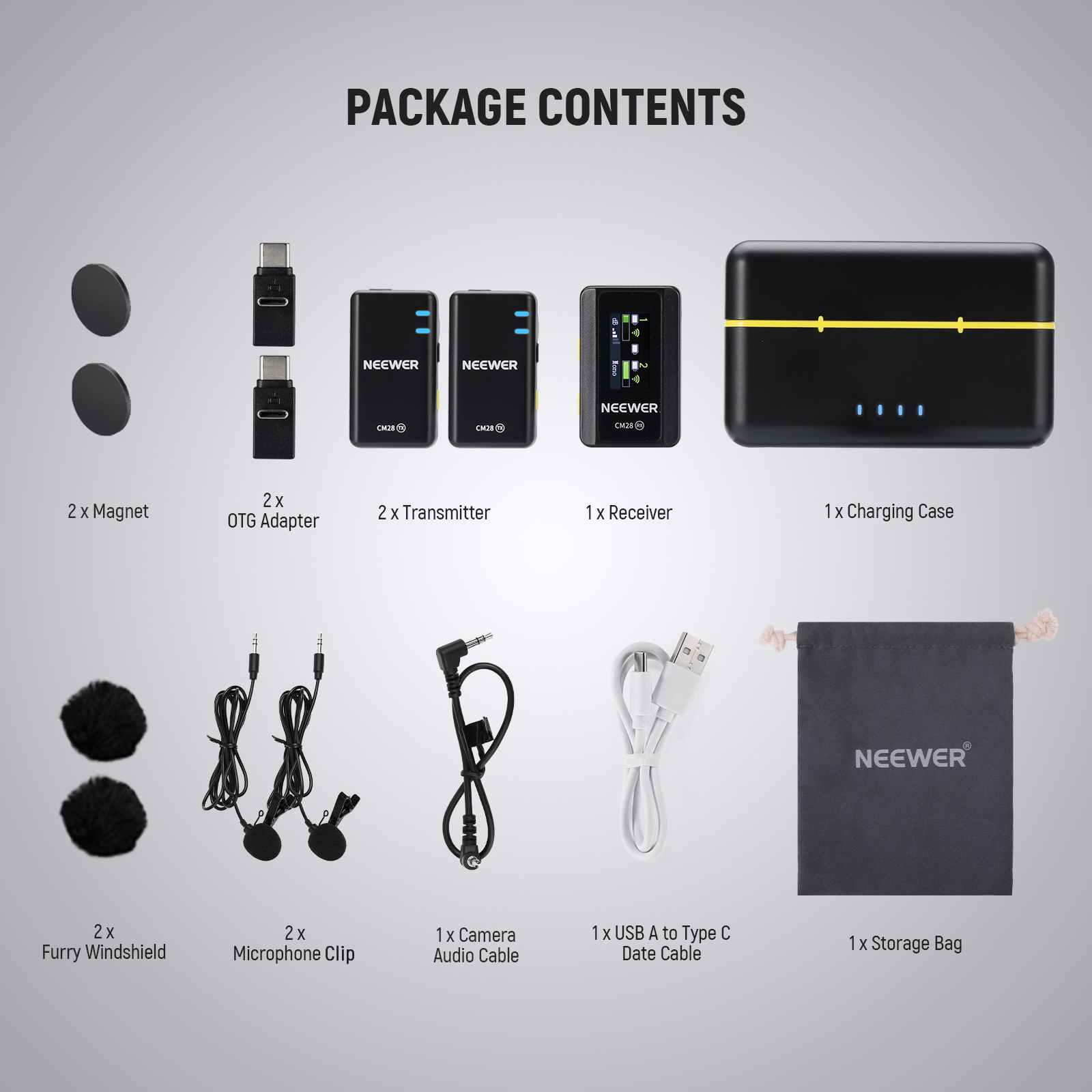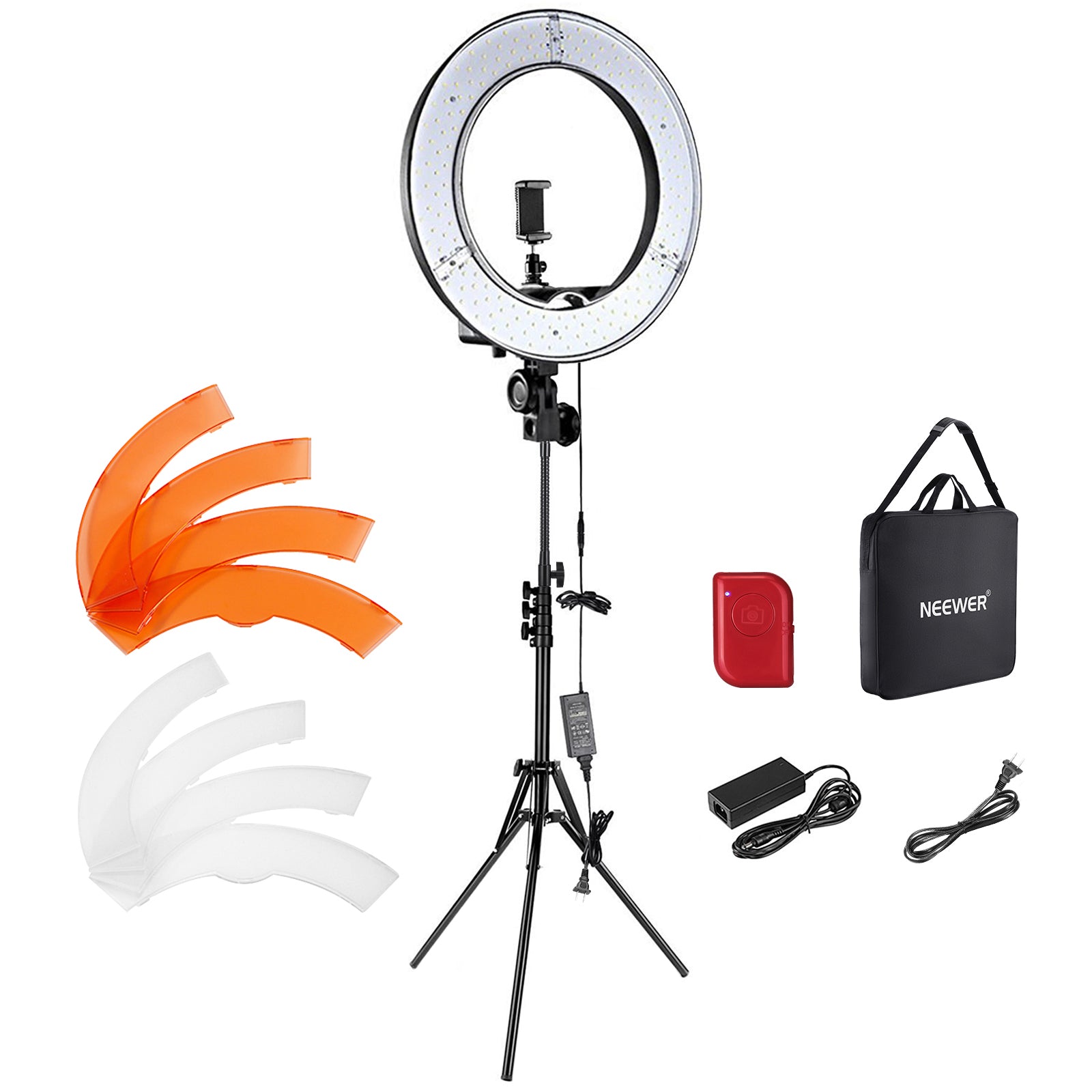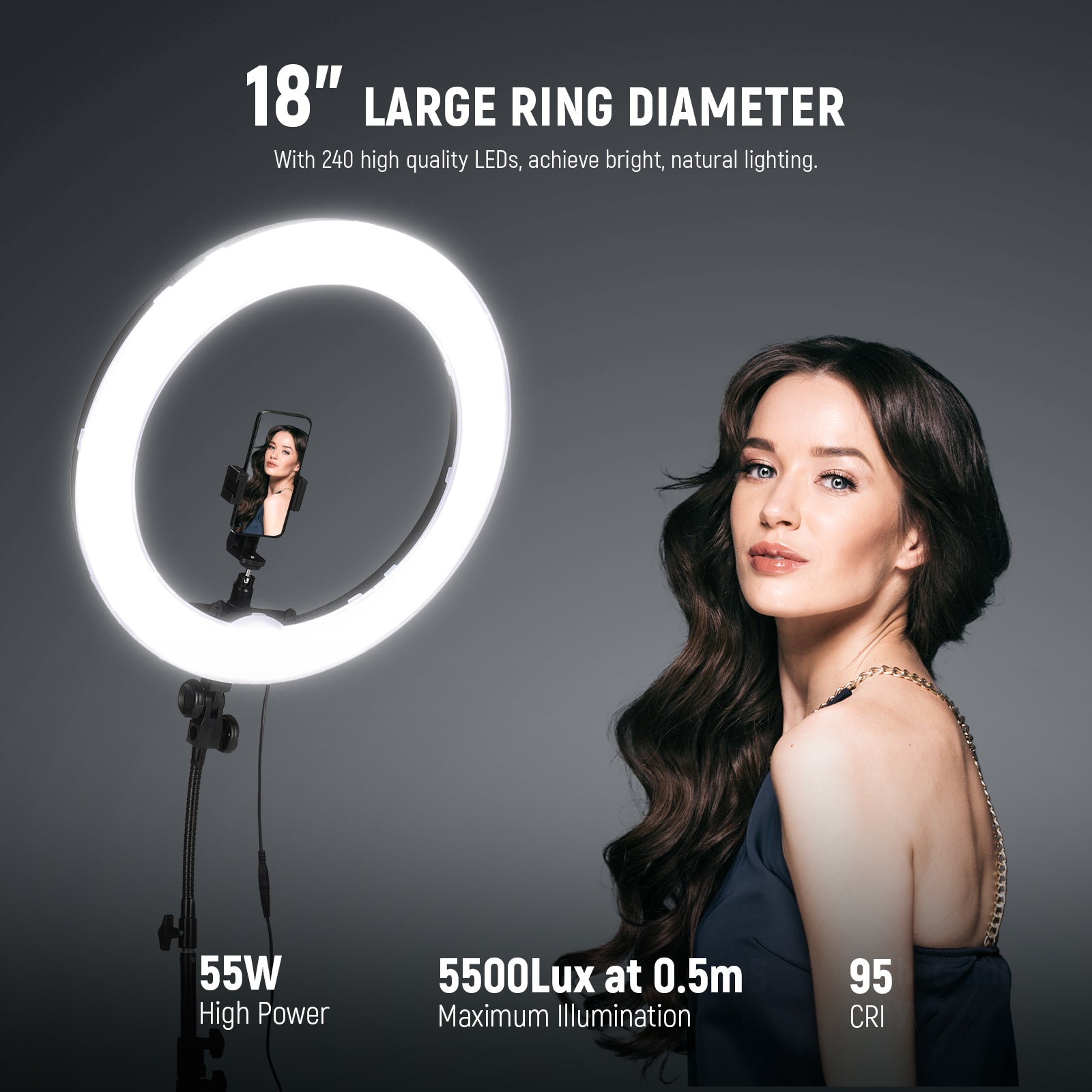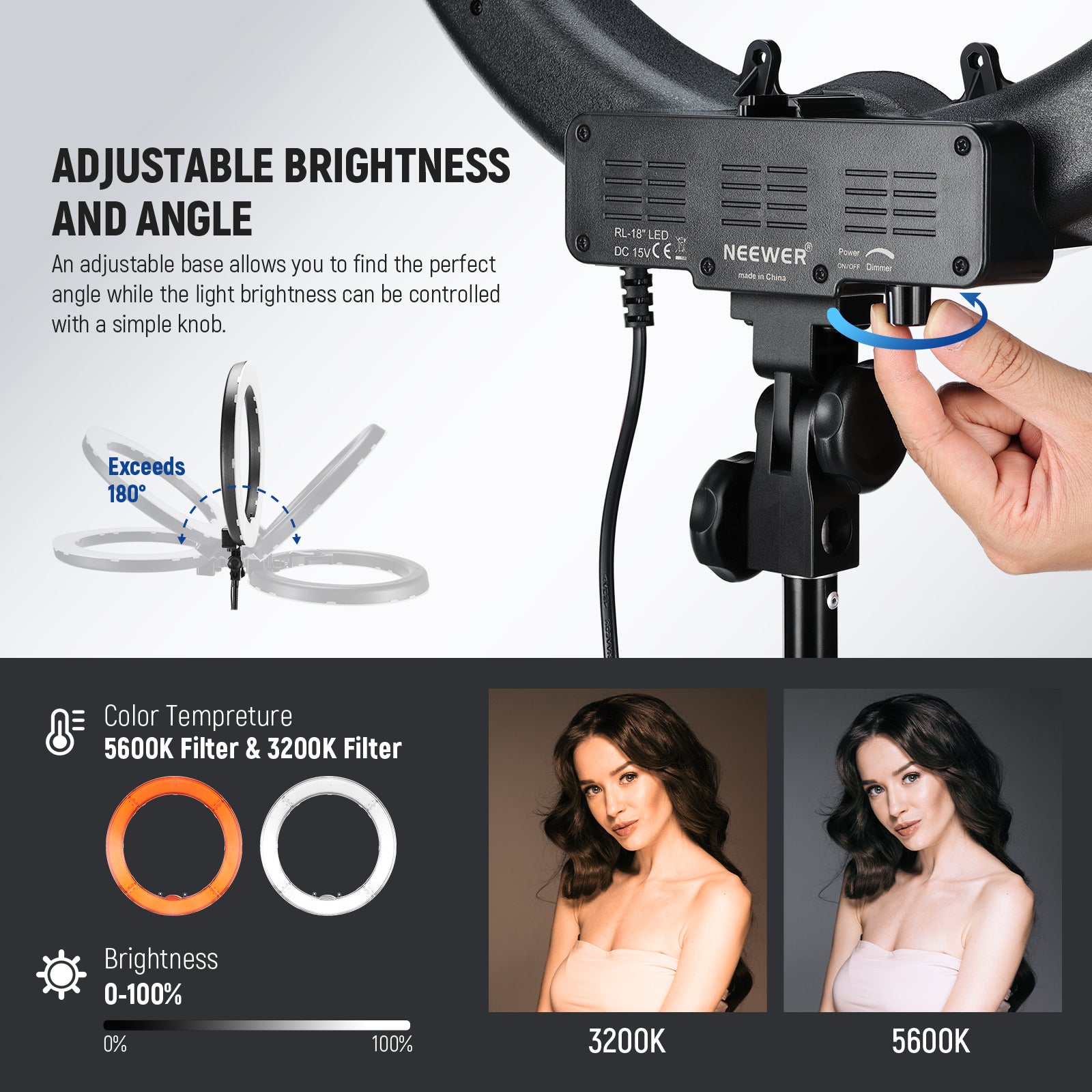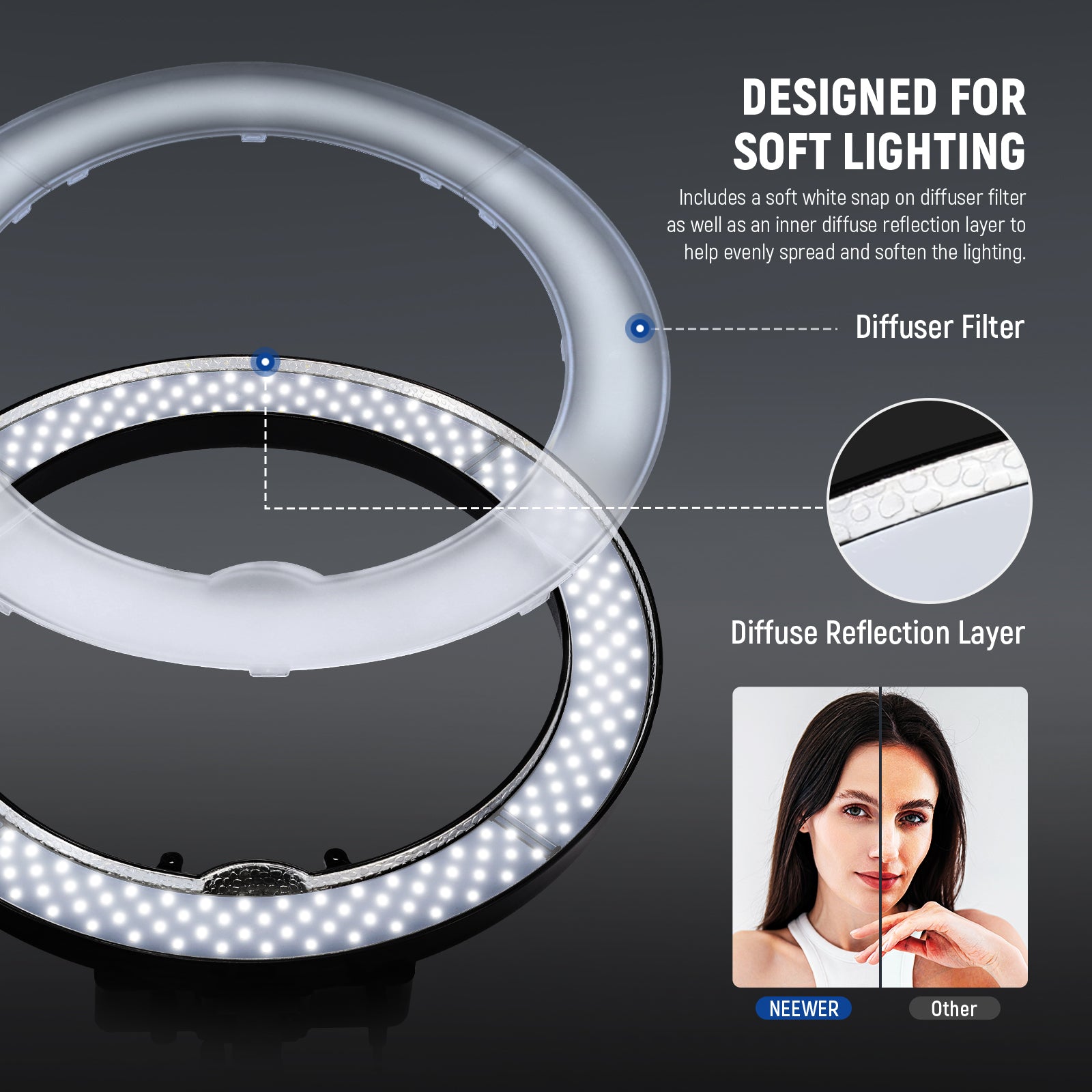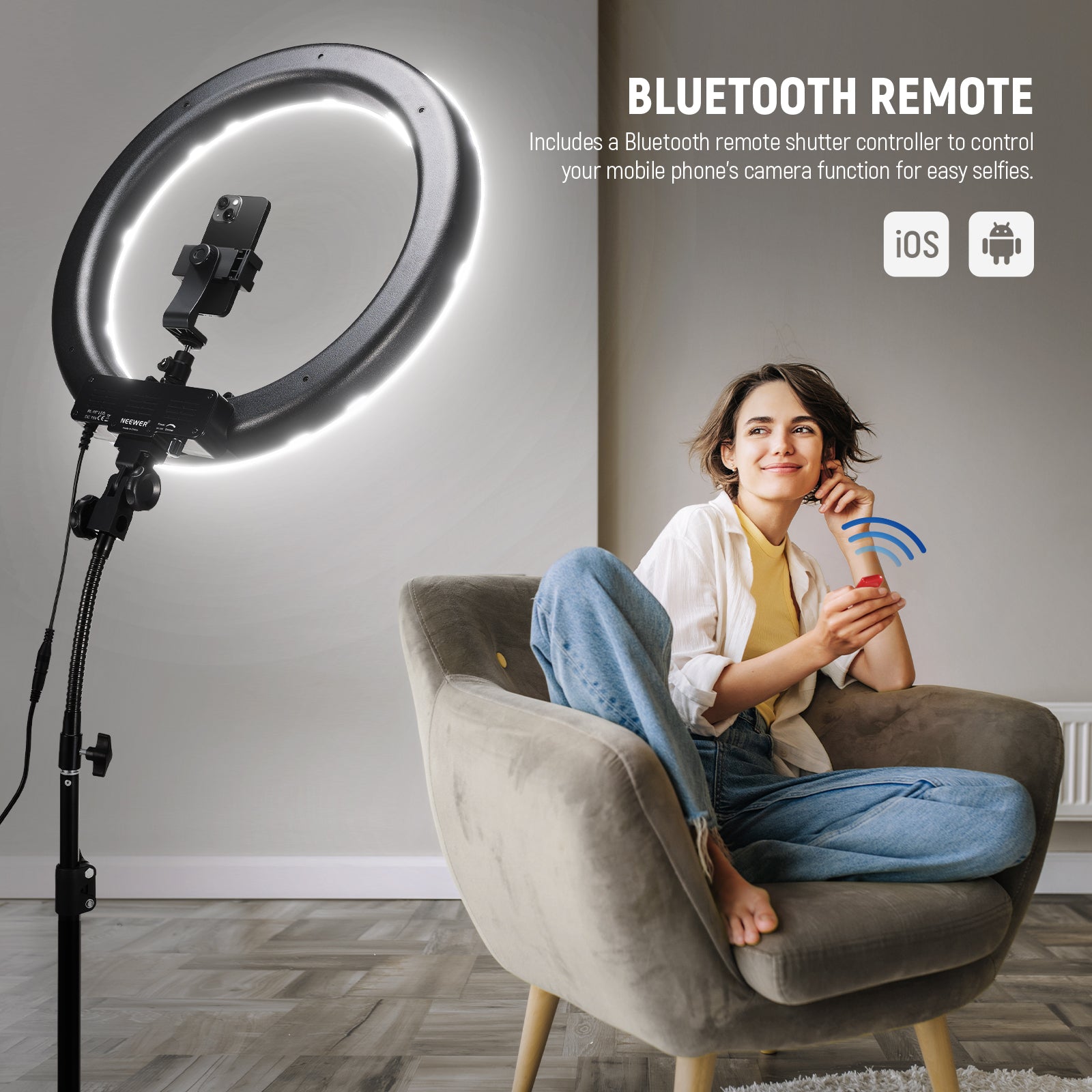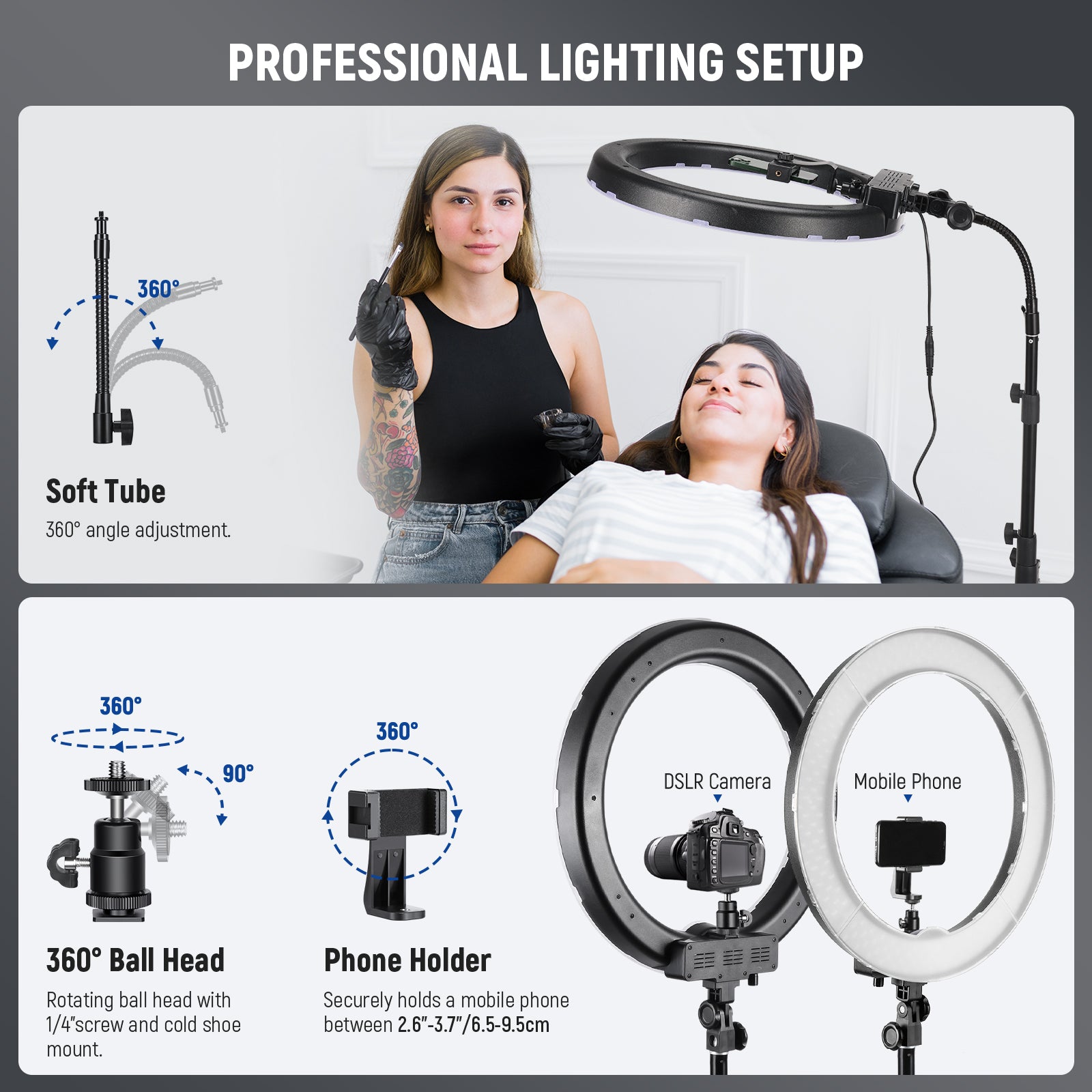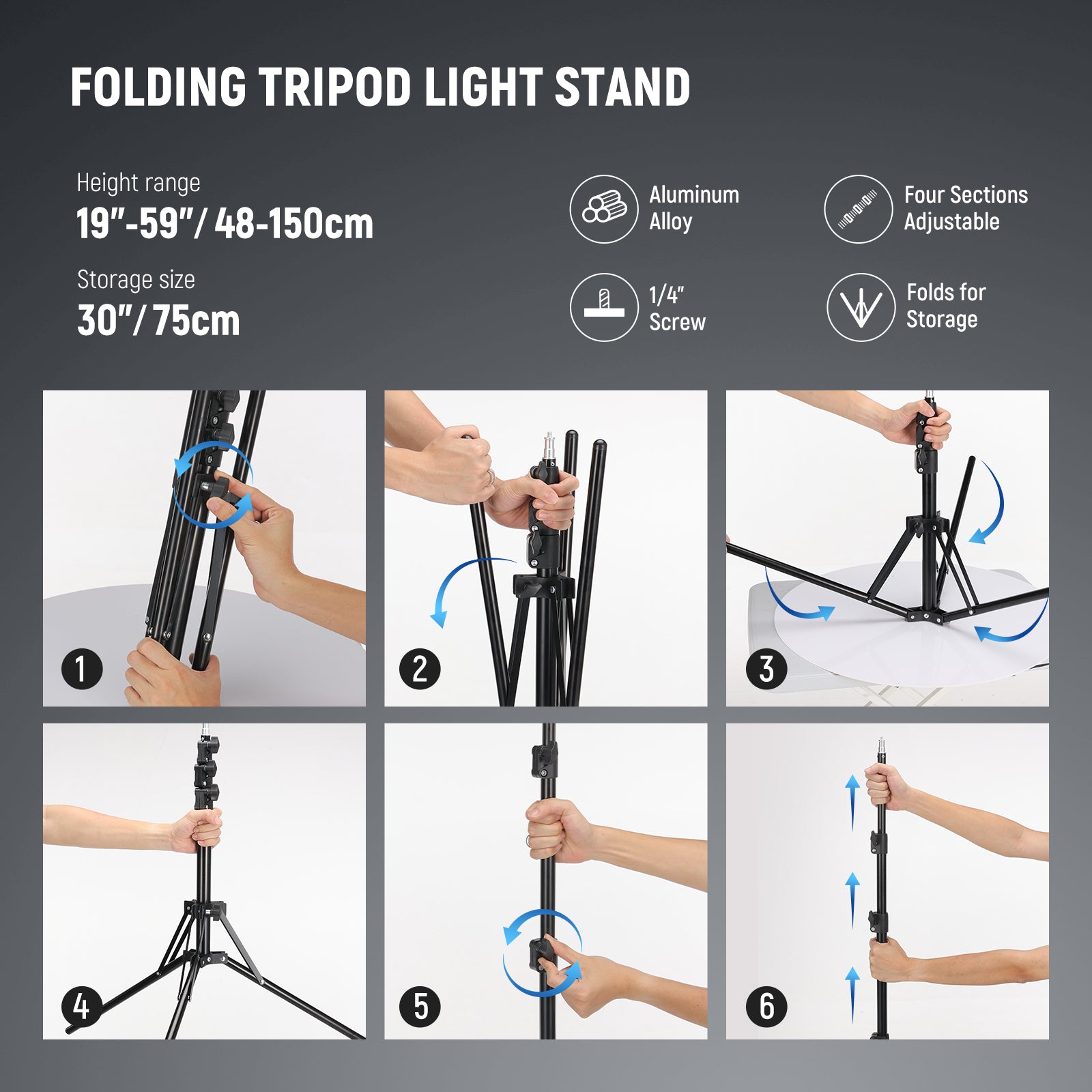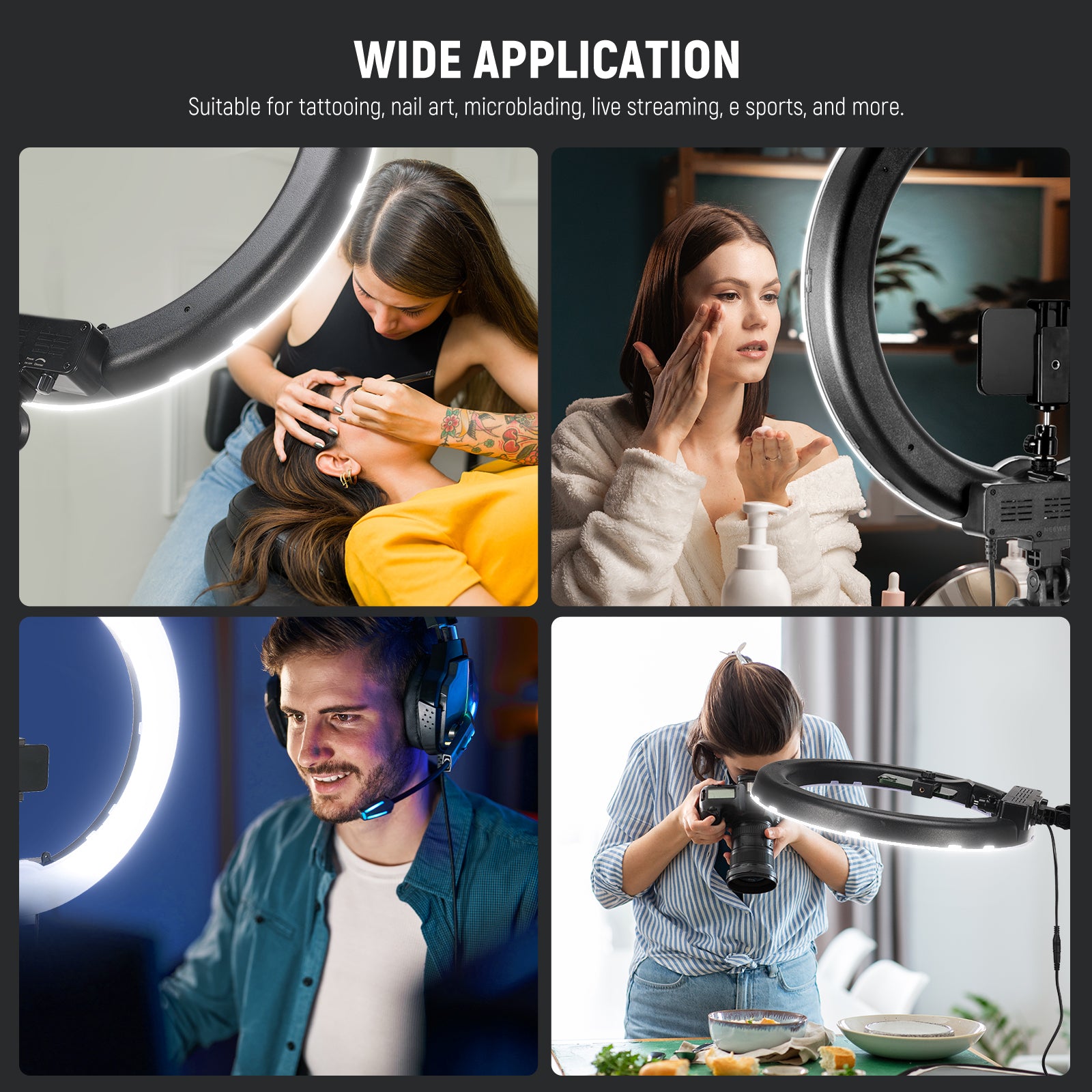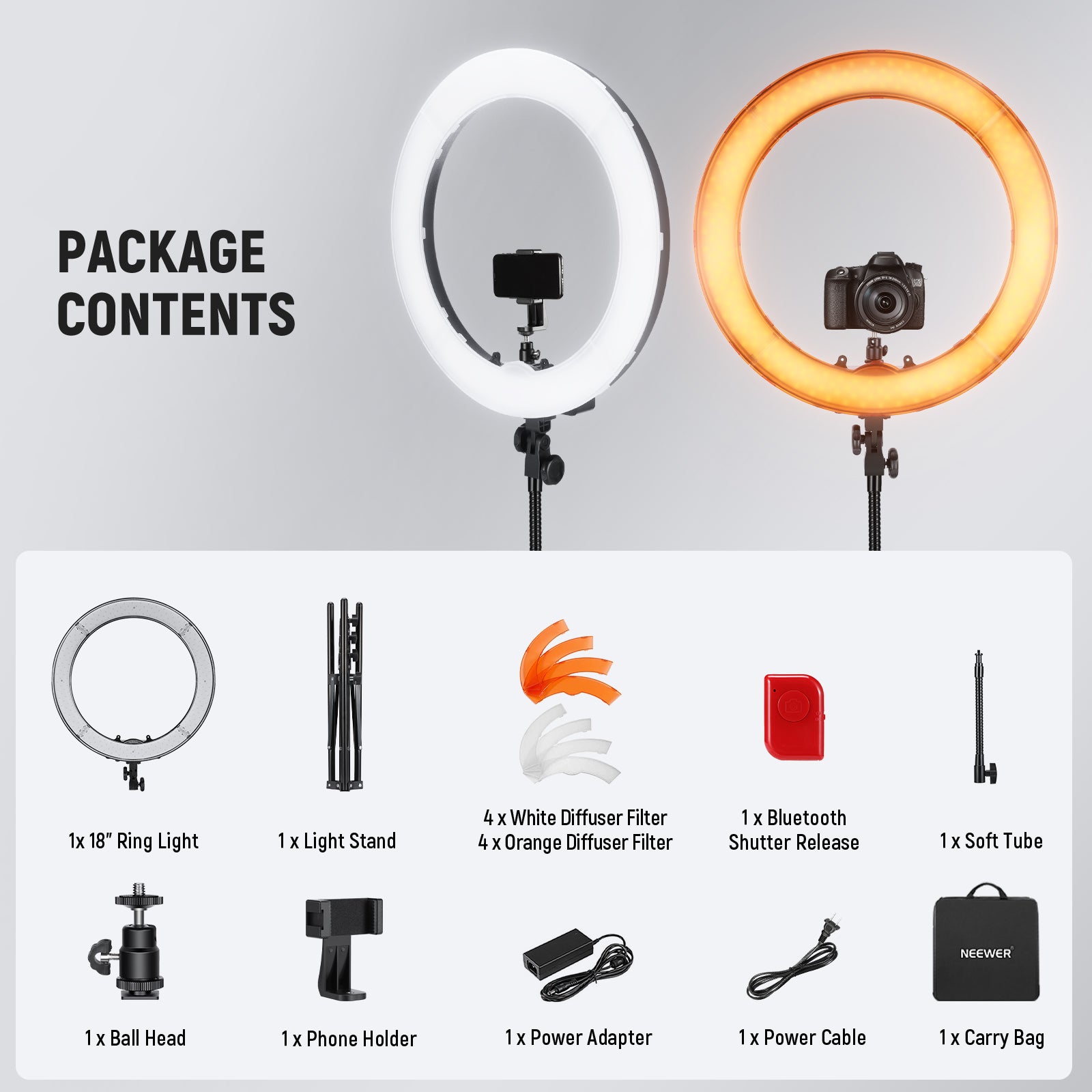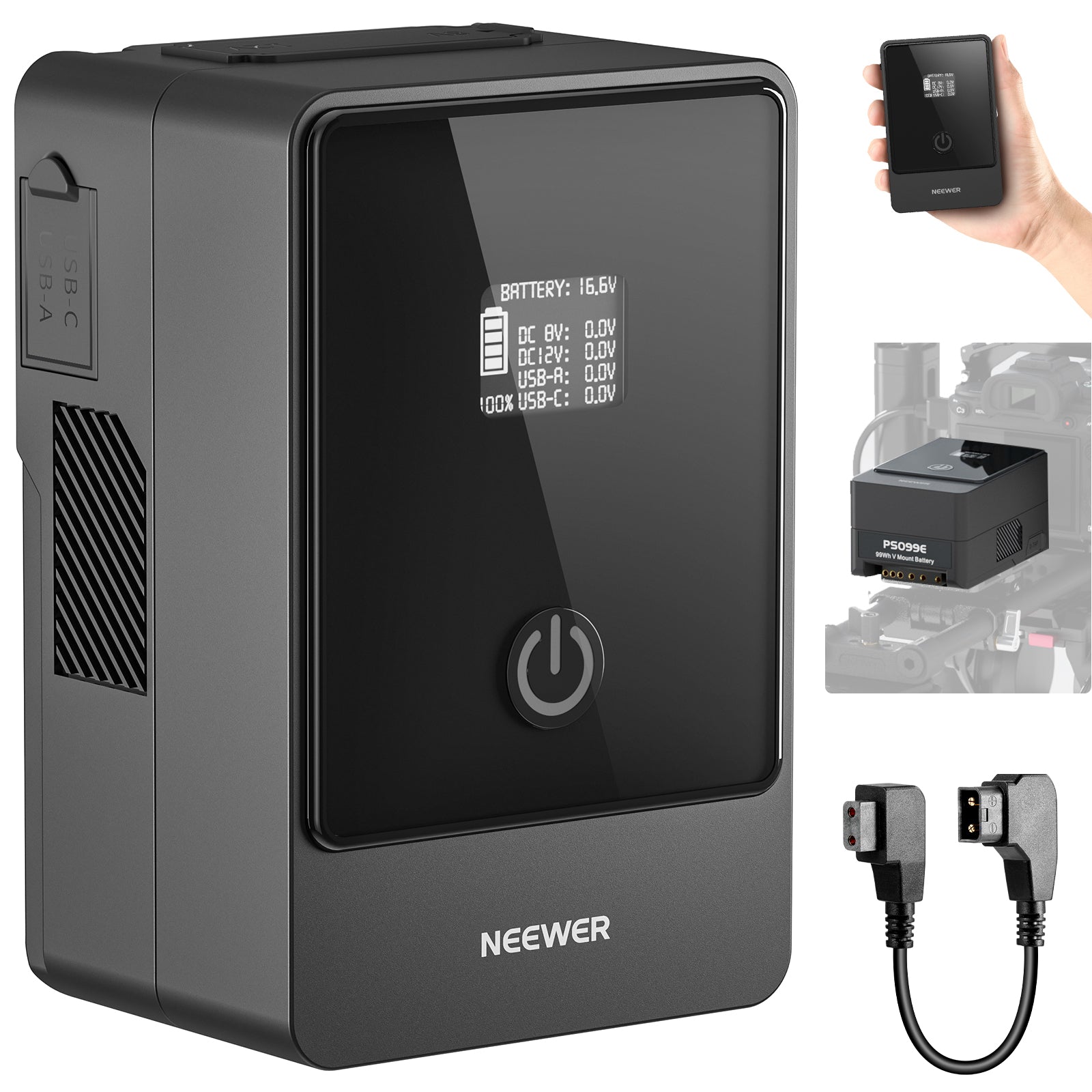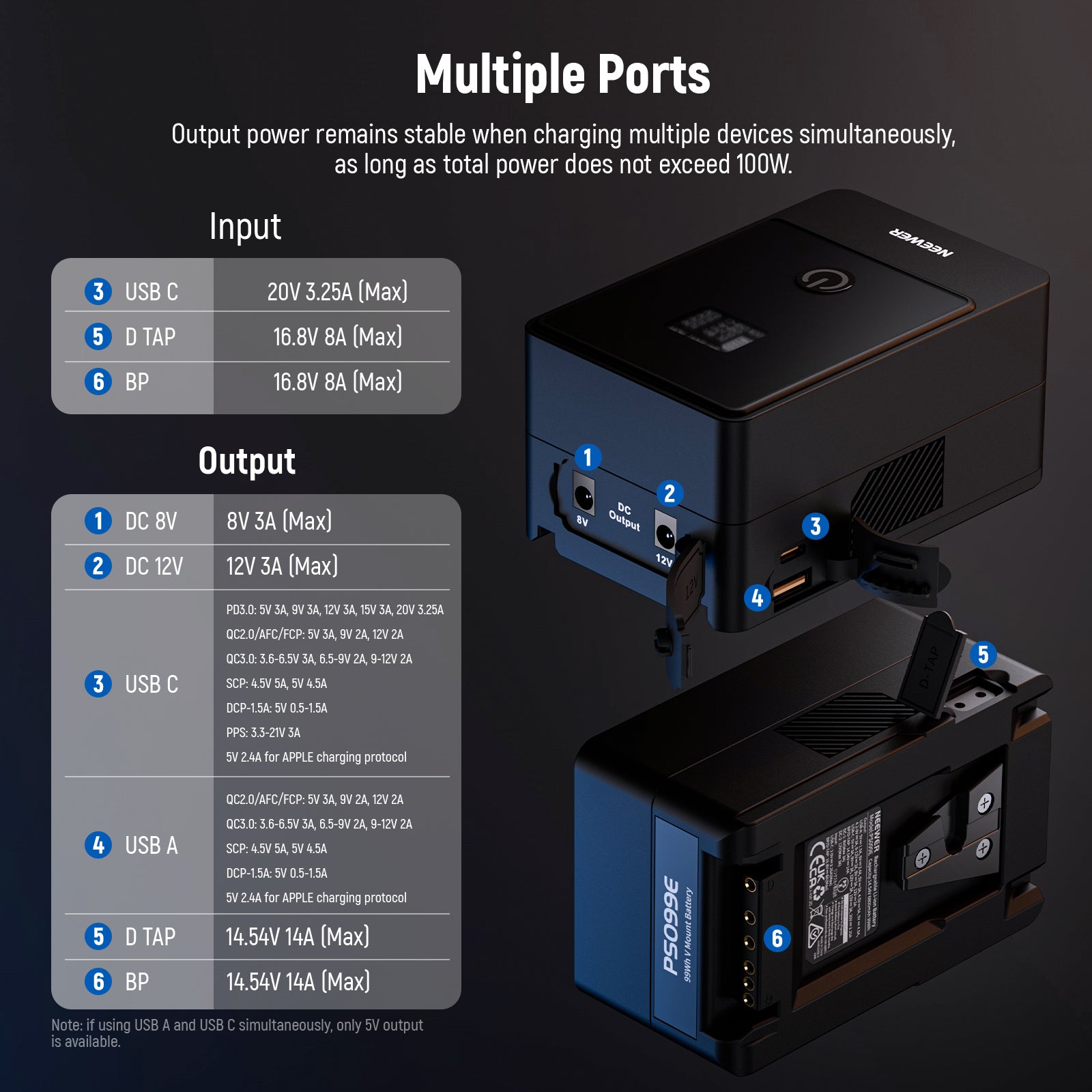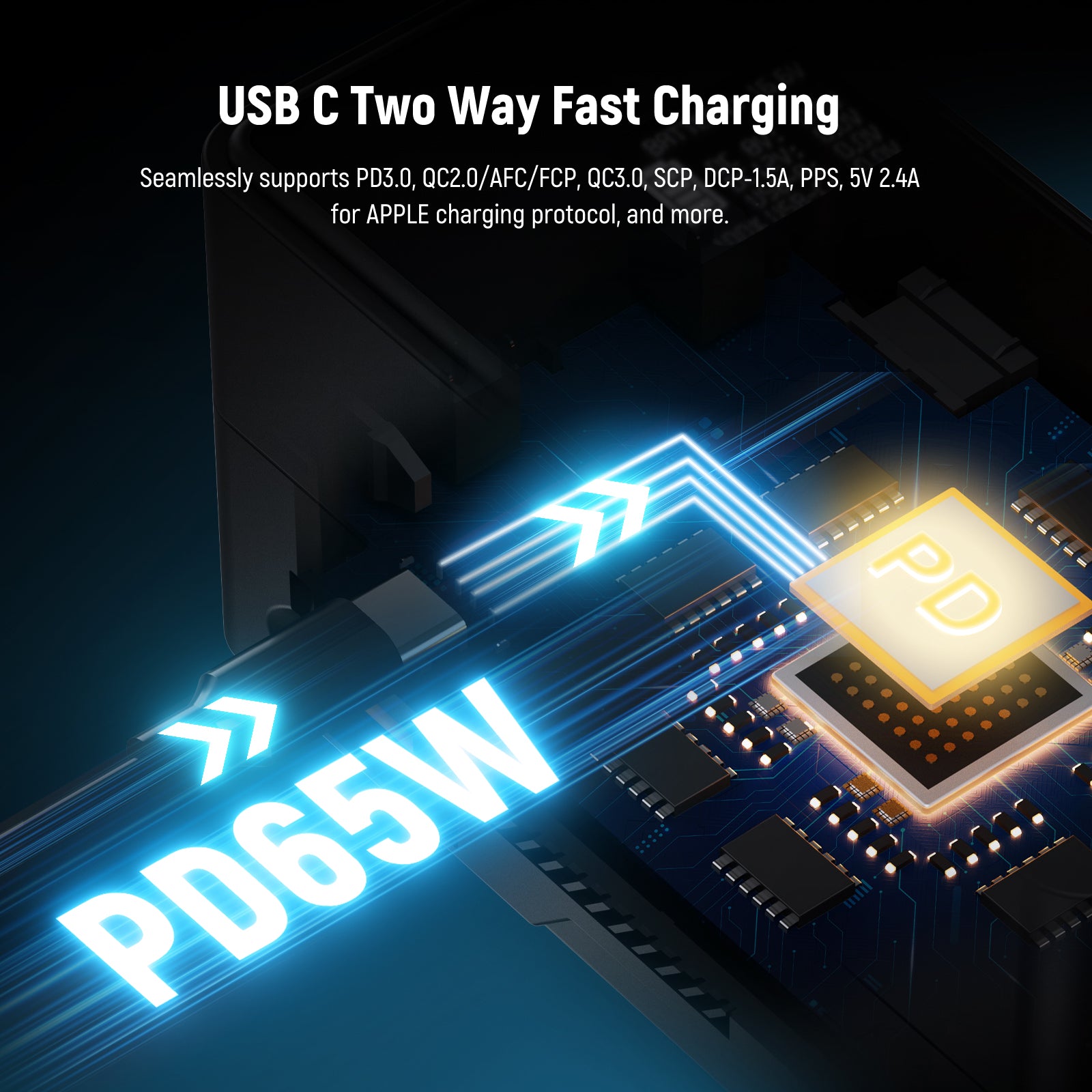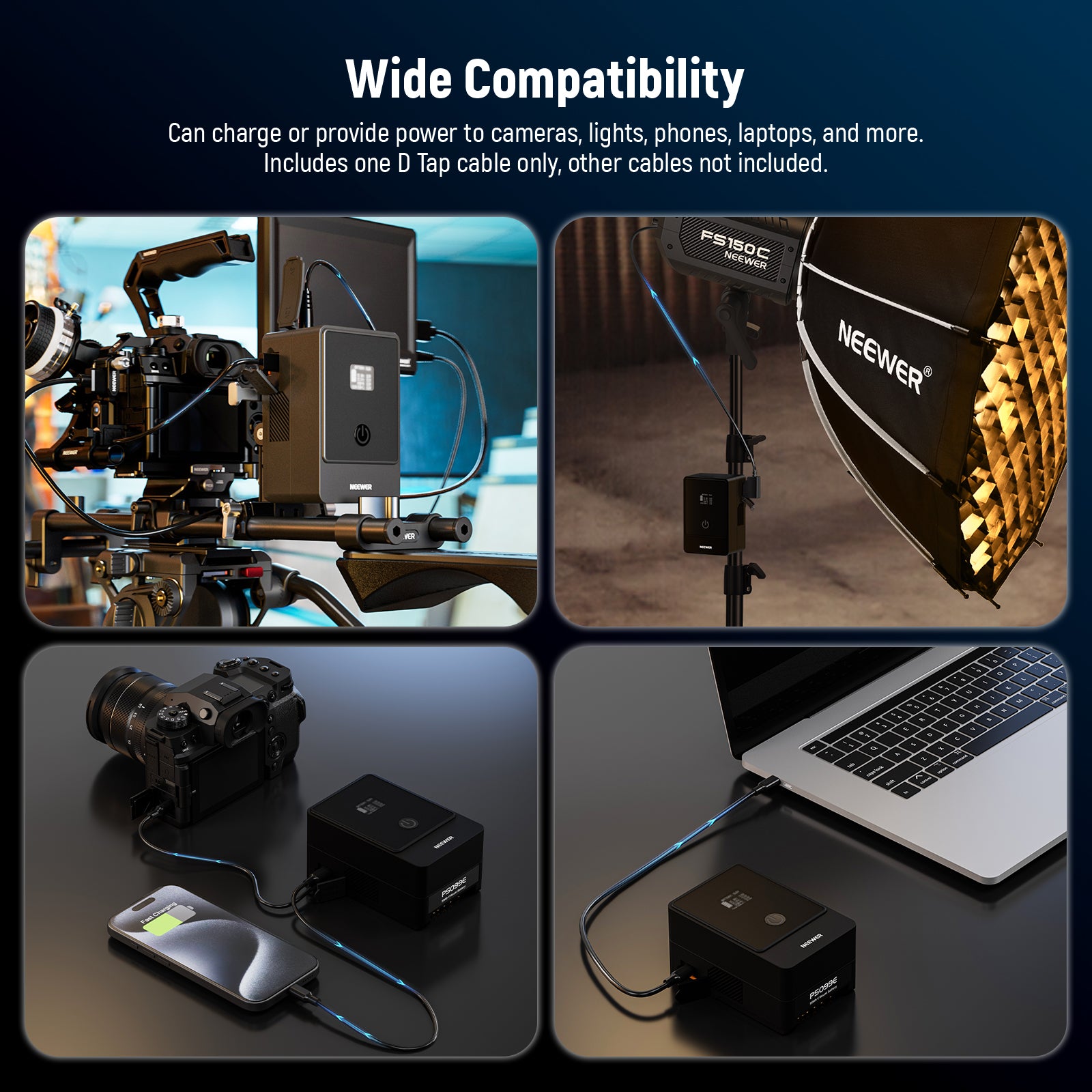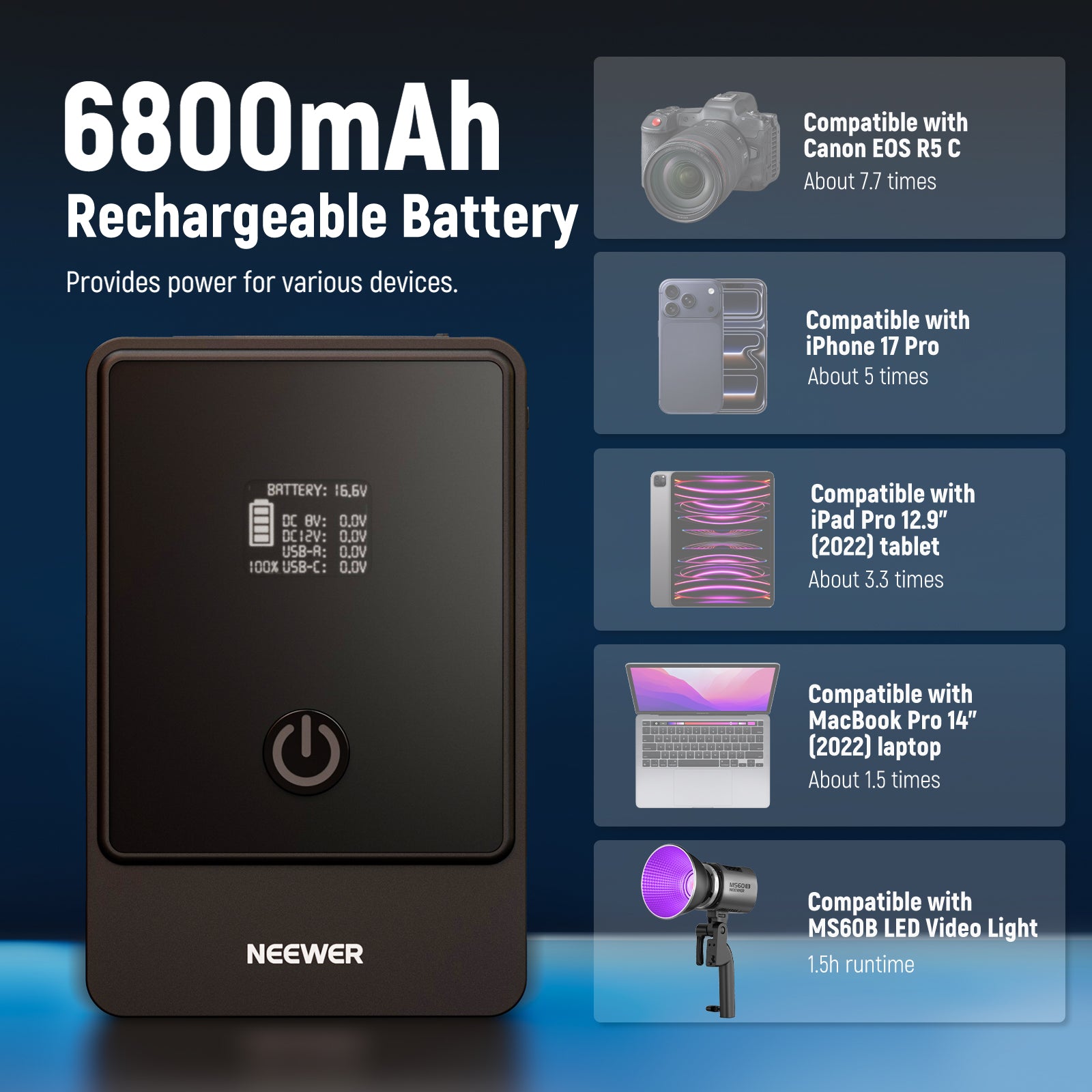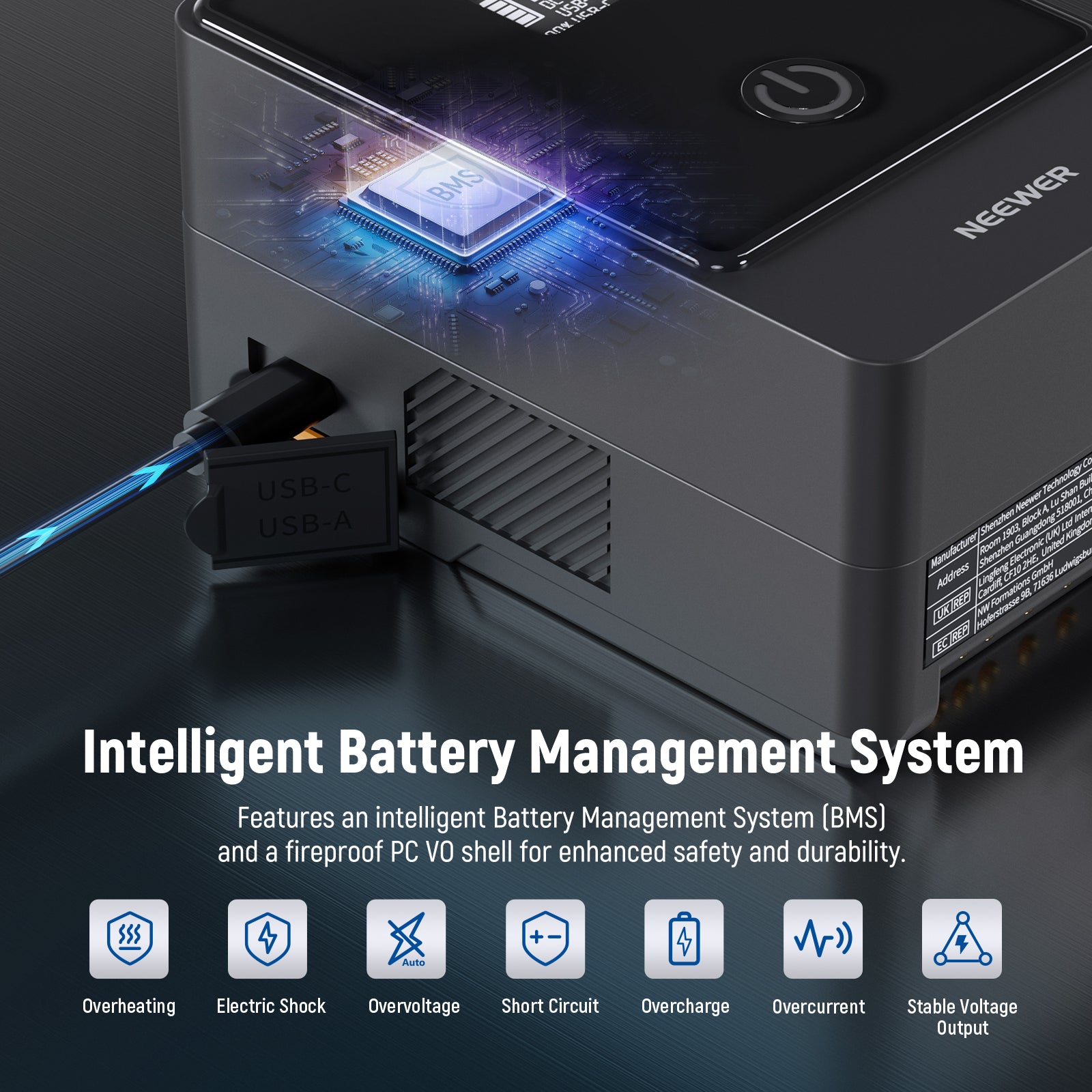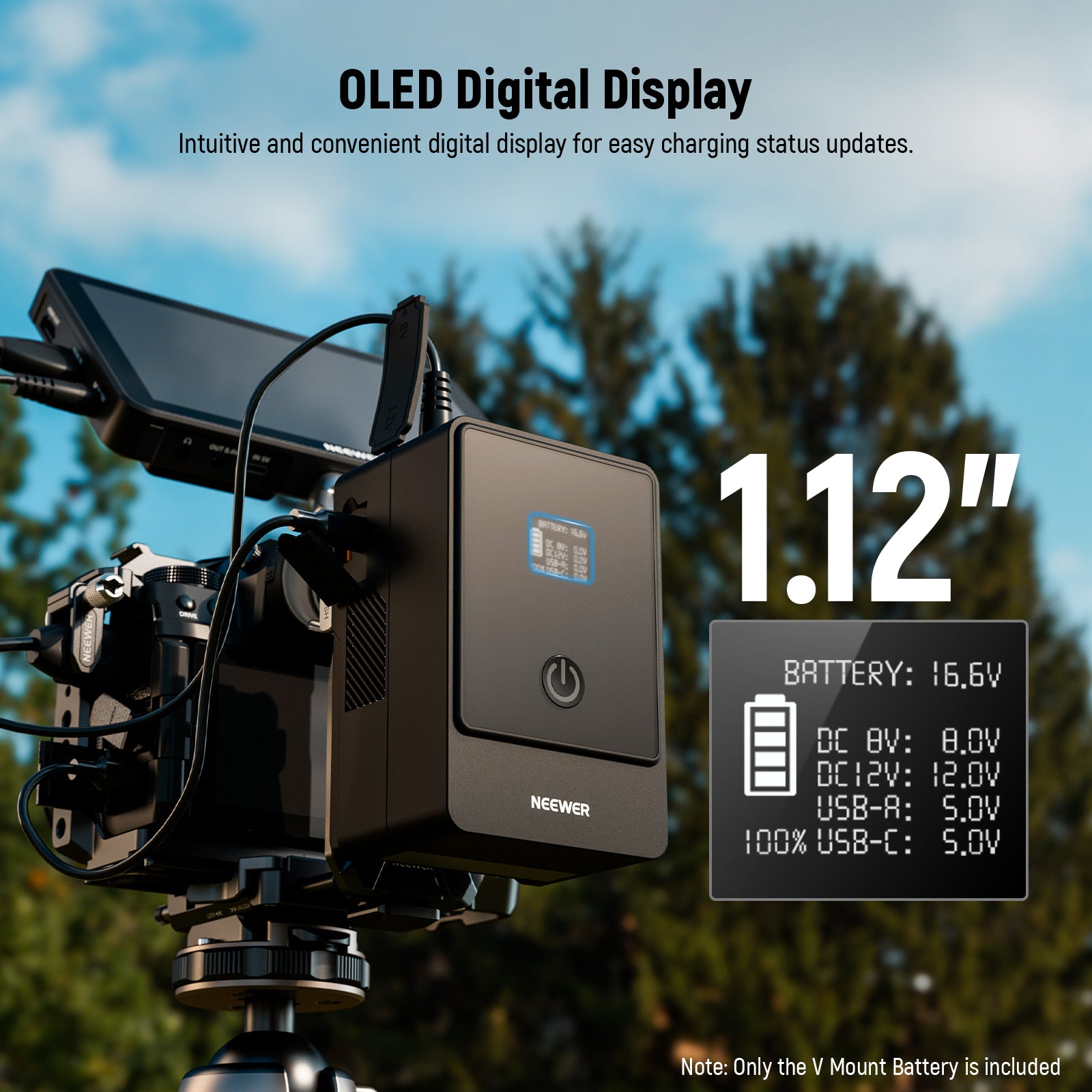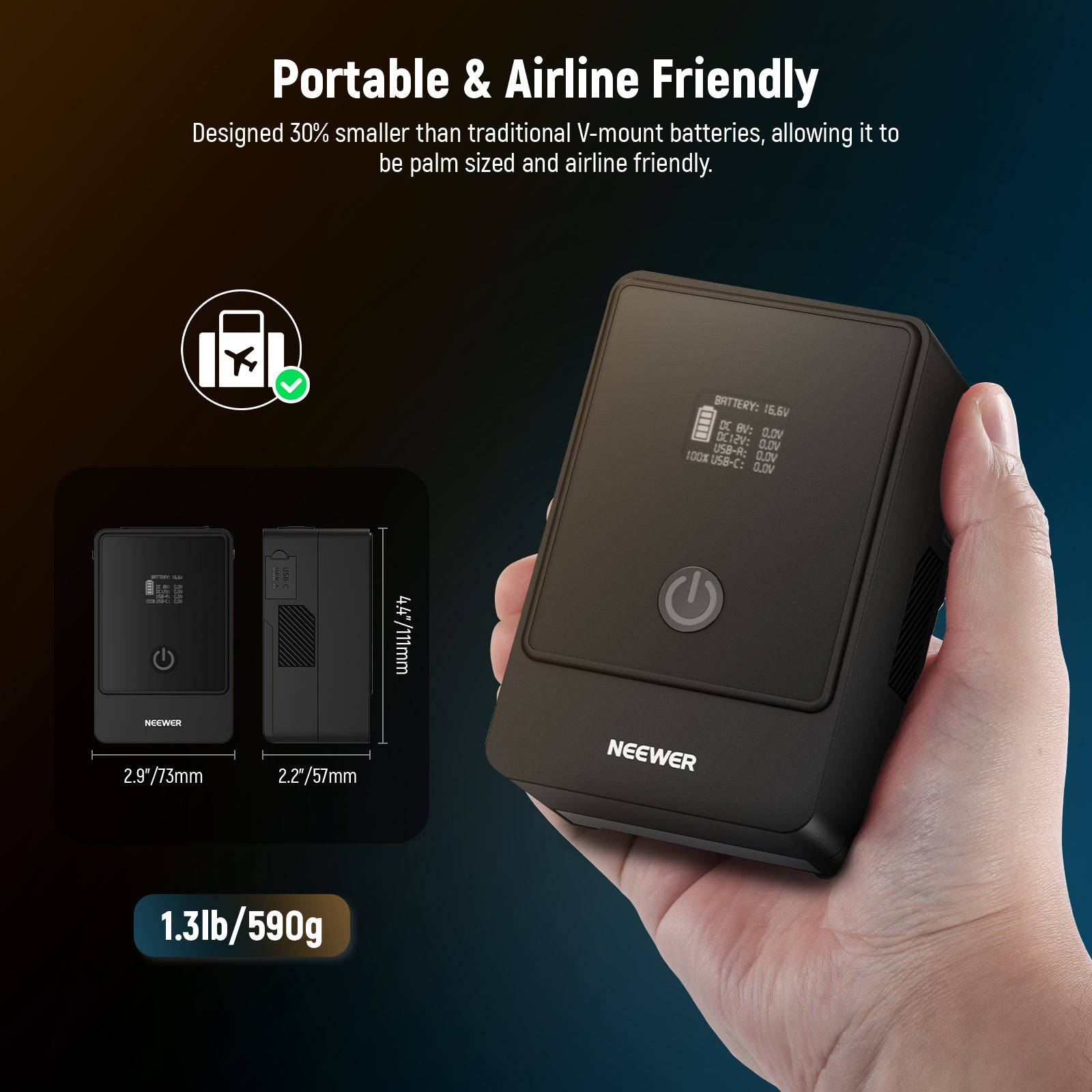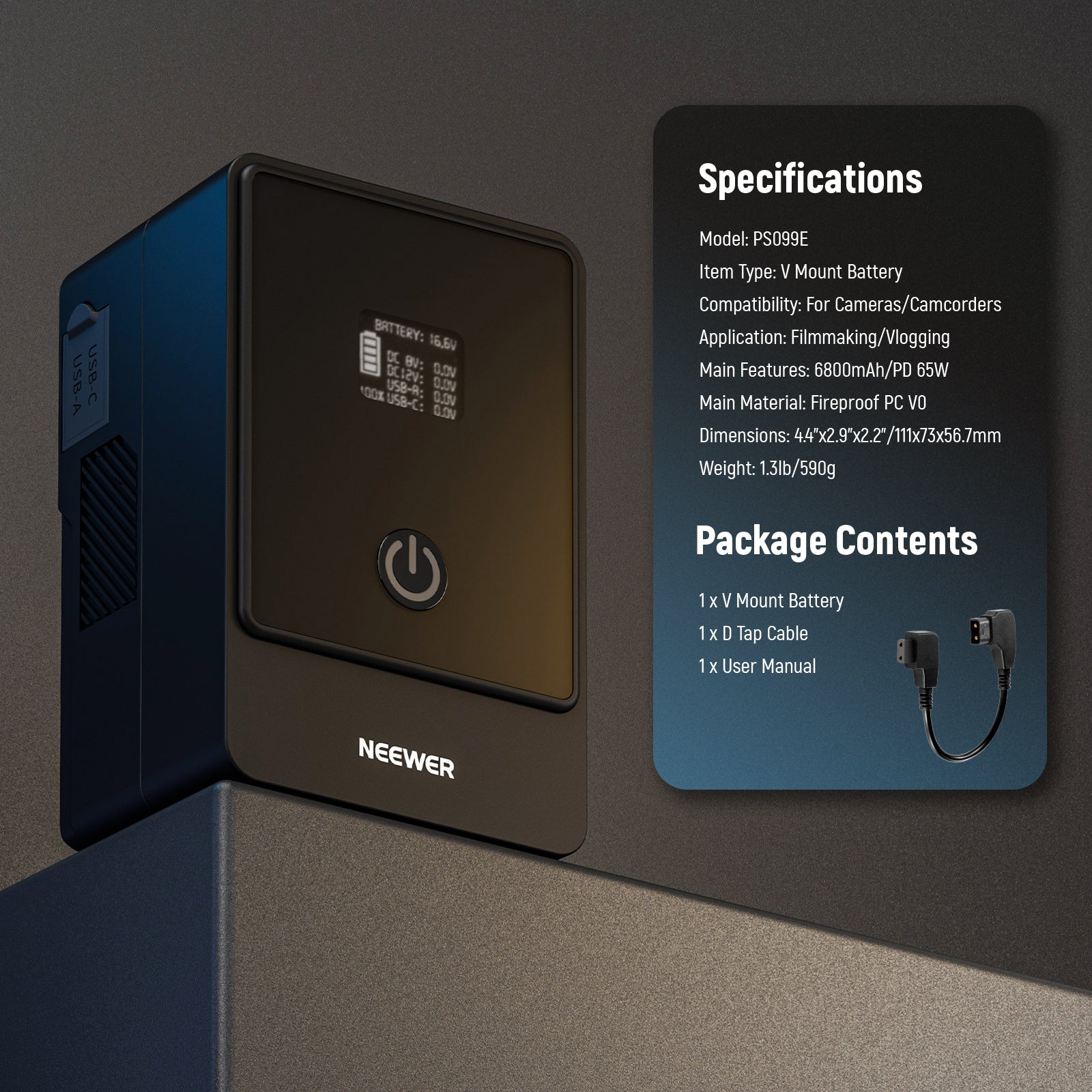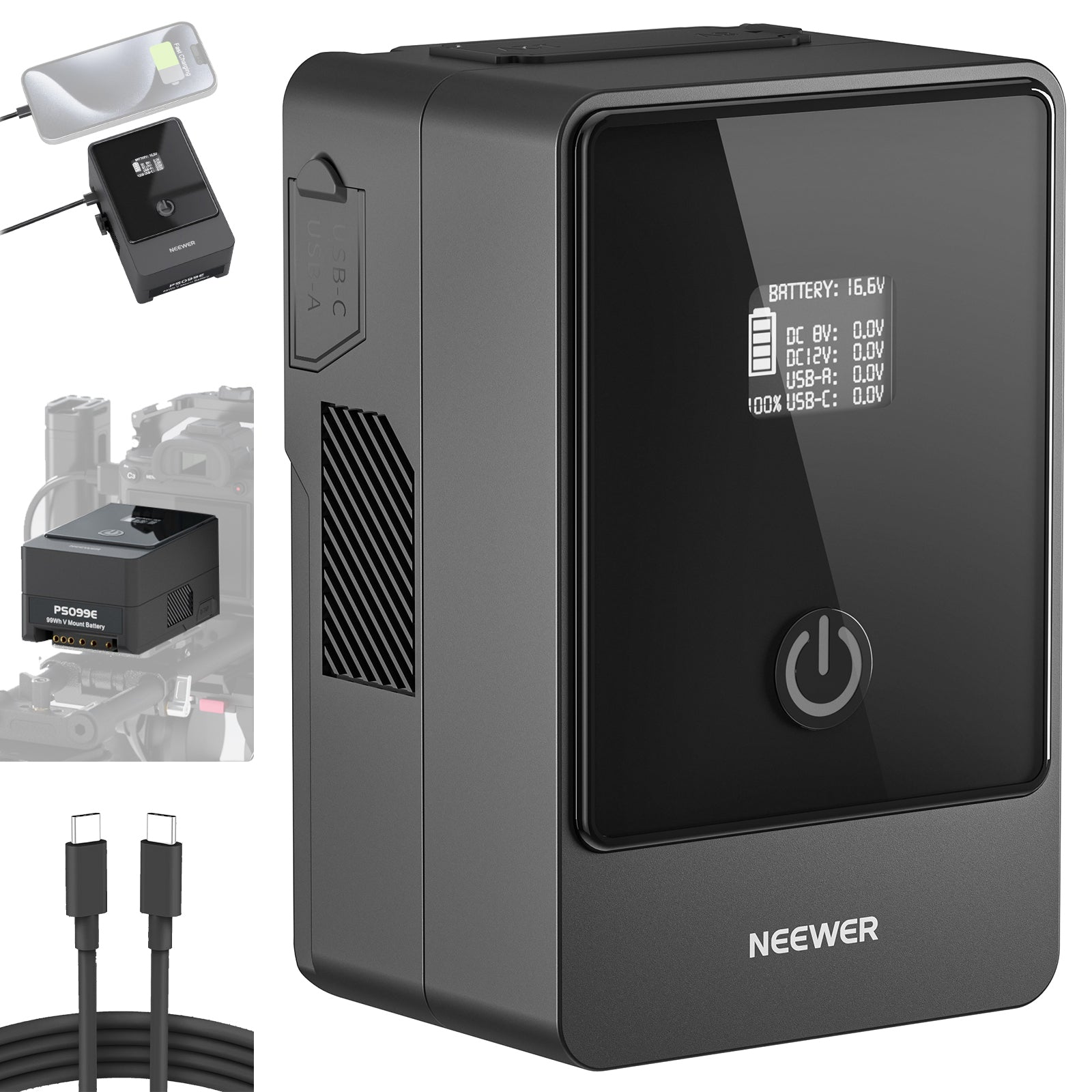Table of Contents
A softbox is a piece of photographic equipment that converts a hard light source into soft, even light that is suitable for many photographic scenes. By using it during your shooting, you can create more professional and impressive photos.
You can use a softbox in conjunction with other light sources to take your photography to the next level. For example, you add layers by using it as your main light source and adding a small light source as a secondary light. You can also place it behind your subject as a secondary light as a way to create a nice silhouette light.
In this post, we will explore softbox's meaning, uses, and differences between umbrella and beauty dish. It can help you learn more about it.
What Are Softboxes?

Softboxes are lighting accessories used in photography, videography, and filmmaking to produce soft, diffused light that photographers love. Comprised of rectangular, square, or octagonal enclosures with reflective interiors and translucent front panels
Through its unique design, the softbox significantly minimizes harsh shadows and produces consistent, soft-quality light. Therefore, this light modifier is often used by photographers when taking pictures of products, portraits, and other types of photographs.
What Is A Softbox Used For? Exploring Softbox Uses

-
Creating Soft Light
A softbox is essential for creating soft light by diffusing the harsh output of a light source. Its diffusion panel spreads the light evenly, reducing intensity and eliminating glare. This creates a gentle and natural-looking illumination, ideal for portrait photography, where soft lighting enhances facial features and skin tones.
For instance, in portrait photography, soft light minimizes imperfections, creating a smooth and professional effect. Similarly, in product photography, softboxes highlight textures and colors without creating harsh reflections, ensuring products look appealing. This versatility makes soft light a cornerstone of high-quality visual storytelling.
-
Balancing Shadows with Fill Light
Softboxes serve as excellent fill lights, complementing the key light by reducing shadows and balancing overall illumination. Positioned strategically, they soften dark areas without overpowering the primary light source. This technique is widely used in interviews and indoor photography to maintain a natural, evenly lit appearance.
In a cinematic setup, a fill light created by a softbox helps add depth and dimension to the subject while keeping the scene realistic. This role is particularly effective in reducing contrast when shooting against complex backgrounds, ensuring all elements are harmoniously illuminated.
-
Illuminating as the Key Light
As a key light, the softbox provides the main illumination for a scene or subject. Its diffused output ensures even lighting, creating a professional and polished look. This role is critical in scenarios where the subject must be the focal point, such as headshots or product ads.
In portrait sessions, photographers use softboxes as the key light to highlight a subject’s features while maintaining natural shadows. Similarly, in video shoots, the softbox’s directional light focuses attention on the speaker, ensuring their expressions and movements remain prominent and well-defined.
-
Smoothing Transitions by Reducing Harsh Shadows
Softboxes excel at reducing harsh shadows and creating smooth transitions between light and dark areas. This function is especially valuable in studio setups, where harsh lighting can detract from a subject's appeal. Soft, diffused light ensures consistent results and enhances the overall visual impact.
In fashion photography, using a softbox eliminates sharp lines and emphasizes fabric details, ensuring the garments appear flawless. In videography, it reduces unflattering shadows on faces, maintaining the professional quality required for close-ups or interviews. This makes it indispensable in high-quality productions.
Types of Softboxes

|
Type |
Shape |
Key Features |
Ideal Uses |
|
Rectangular |
Rectangle |
Mimics natural sunlight; versatile and widely used. |
Portrait photography, product photography, e-commerce shoots. |
|
Octagonal (Octabox) |
Octagon |
Creates soft, wraparound light; produces circular catchlights. |
Portrait photography, fashion photography, beauty photography. |
|
Strip |
Long and narrow |
Provides controlled, directional lighting; highlights specific areas. |
Rim lighting, edge highlights in product photography, separating subjects from the background. |
|
Square |
Square |
Symmetrical light spread; compact and even illumination. |
Food photography, tabletop photography, and small product shoots. |
|
Parabolic |
Deep and round |
Focused and intense light; offers precise control and dramatic effects. |
High-fashion photography, editorial shoots, commercial photography. |
|
Collapsible/Portable |
Varies (foldable) |
Lightweight and easy to transport; quick setup for outdoor or on-location shoots. |
Travel photography, outdoor photography, and location-based video shoots. |
Softbox vs. Umbrella
|
Feature |
Softbox |
|
|
Light Quality |
Soft, even, and directional light with controlled spill |
Wide and less controlled light; may create harsher shadows |
|
Light Control |
Offers excellent control over direction and focus |
Minimal control; light spreads broadly |
|
Setup Time |
Slower to assemble; more components |
Quick and easy setup; beginner-friendly |
|
Portability |
Bulky and less compact |
Lightweight and portable |
|
Cost |
Generally more expensive |
More affordable |
|
Shapes Available |
Rectangular, square, octagonal, strip |
Mostly round |
|
Best Use Cases |
Portraits, product photography, and controlled setups |
Group shots, large areas, and quick setups |
|
Space Requirements |
Works well in small studio spaces |
Needs more space due to the light spread |
|
Flexibility |
Can be used with grids for enhanced control |
Limited modification options |
|
Durability |
Typically more robust |
May wear out faster with frequent use |
Quick Tip: If you need precise, controlled light, you can use a softbox, but if you want quick, broad coverage, an umbrella can give you more help.
Softbox vs. Beauty Dish
|
Feature |
Softbox |
|
|
Light Quality |
Soft, diffused light with an even spread |
Semi-soft light with more contrast and defined edges |
|
Light Control |
Excellent directional control with minimal spill |
Focused, directional light with dramatic fall-off |
|
Setup Time |
Moderate; requires assembly and placement |
Quick to set up; typically plug-and-play |
|
Portability |
Bulky and less portable |
Compact and easy to transport |
|
Cost |
Varies; affordable options available |
Typically more expensive than softboxes |
|
Best Use Cases |
Portraits, product photography, group shots |
Beauty, fashion, and headshots |
|
Effect on Catchlights |
Rectangular or octagonal catchlights |
Circular catchlights for a natural look |
|
Shadows |
Soft, less pronounced shadows |
More defined, sculpted shadows |
|
Coverage |
Broad and even coverage |
Narrower and more focused coverage |
Quick Tip: Use a softbox when you want flattering, evenly distributed light. Opt for a beauty dish when you need dramatic, sculpted lighting that enhances details and texture.
What Size Softbox is for Two or More People?

Softbox sizes between 36 inches (90 cm) and 48 inches (120 cm) are recommended for groups of two or more.
- 36-inch (90 cm) Softbox: Good for smaller groups (2 people). It provides a nice balance of size and portability, offering softer light without becoming too overpowering.
- 42-inch (105 cm) Softbox: Ideal for groups of 2-3 individuals, providing more even illumination across subjects.
- 48-inch (120 cm) Softbox: Ideal for larger groups (3+ people), especially when you want to ensure that the light illuminates all equally. This size helps soften and even further diffuse the illumination, decreasing shadows while giving subjects more flattering looks.

